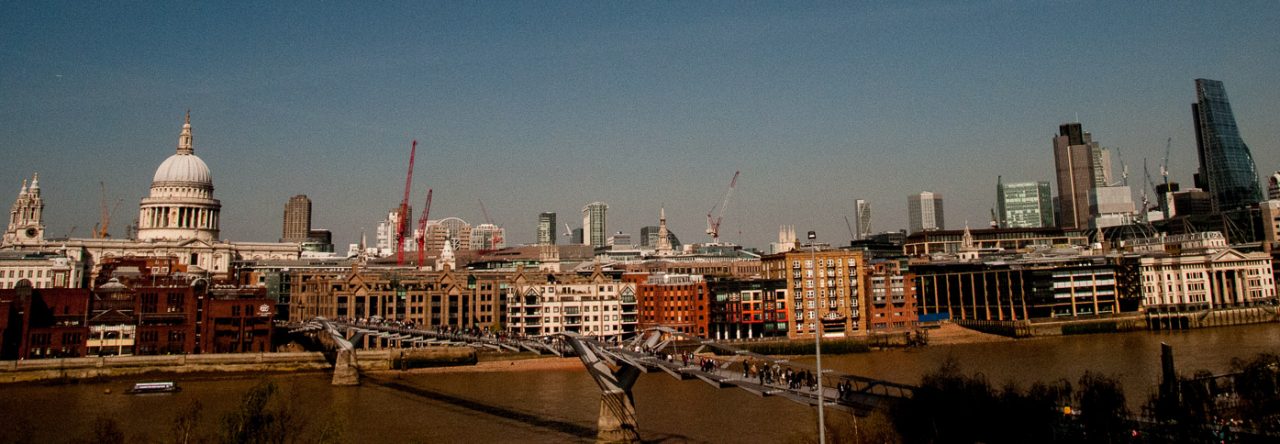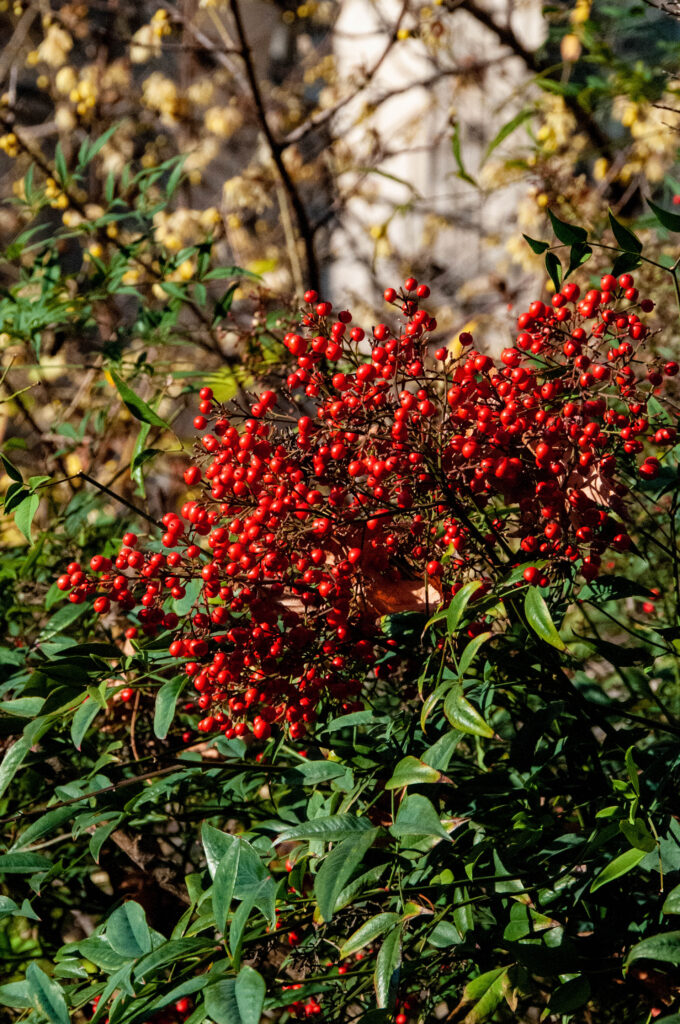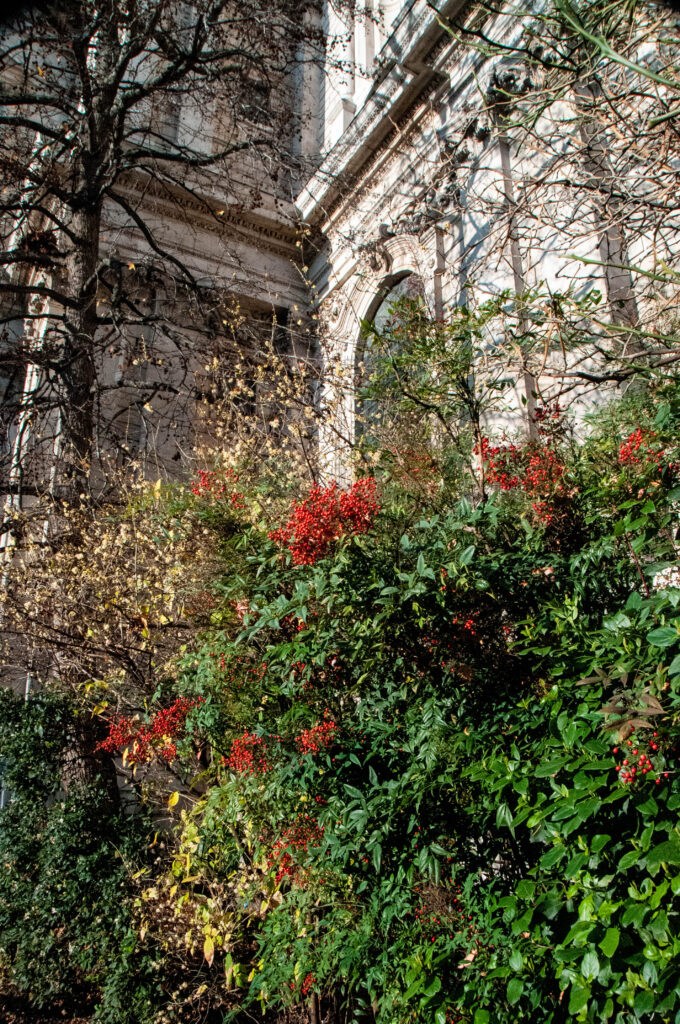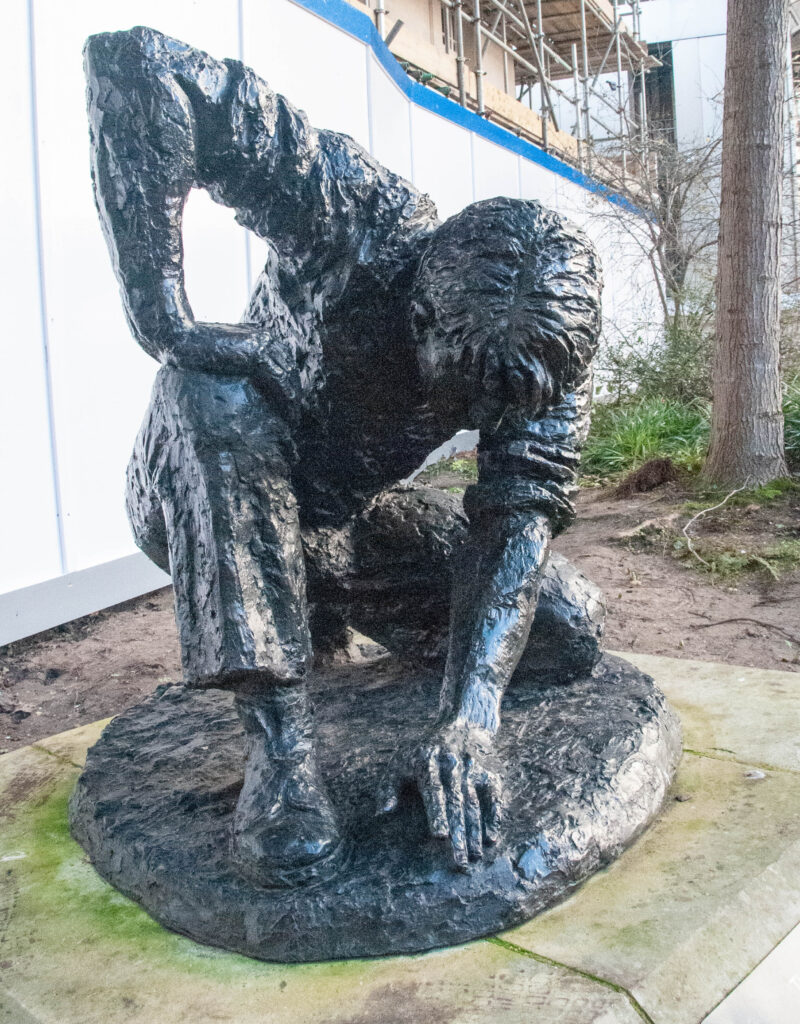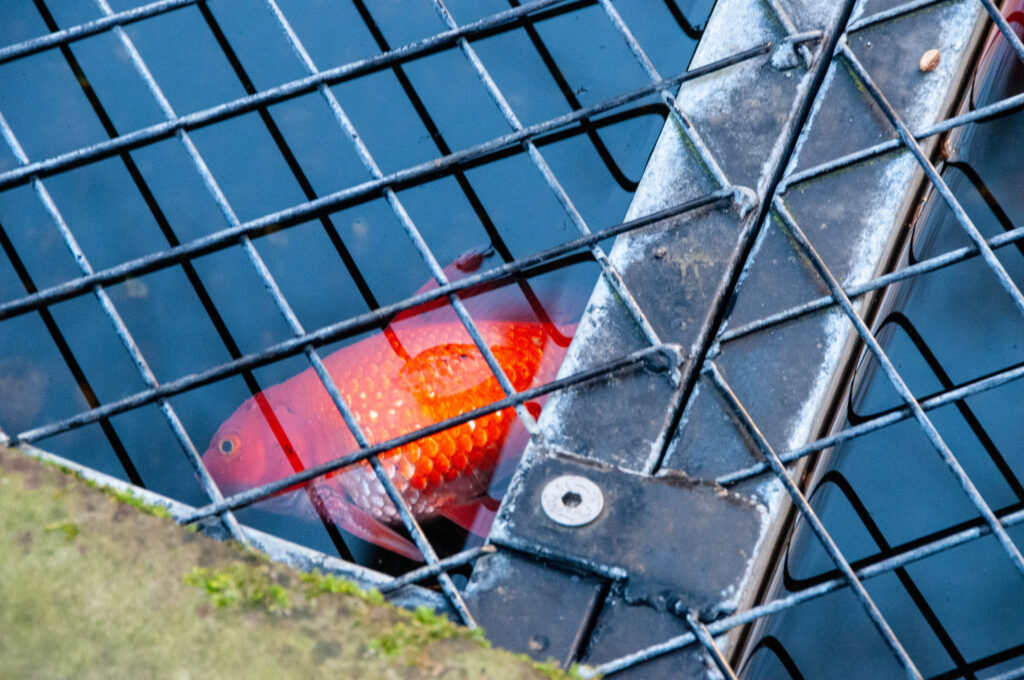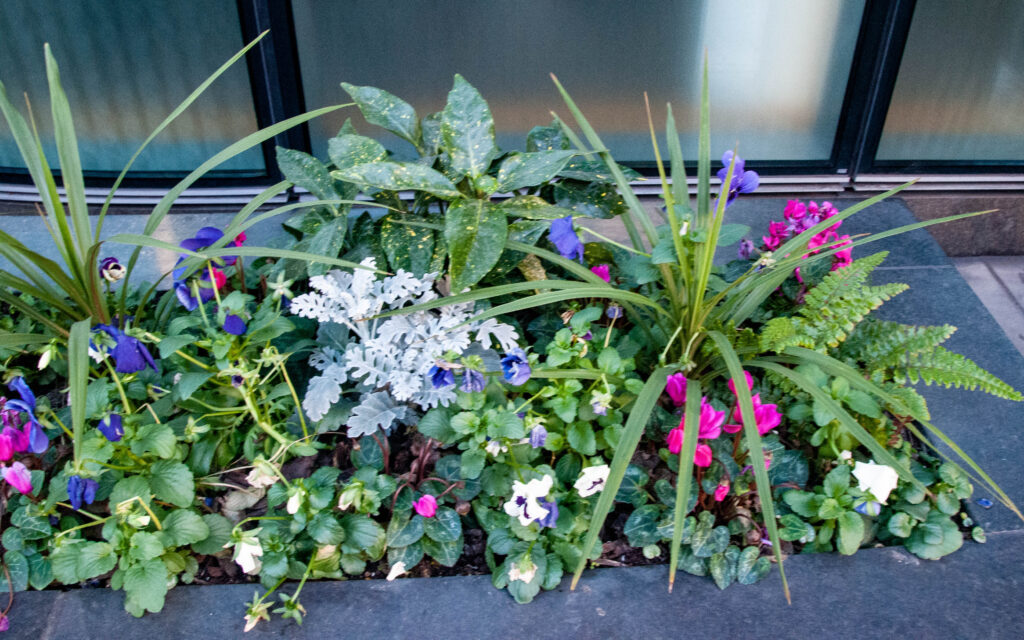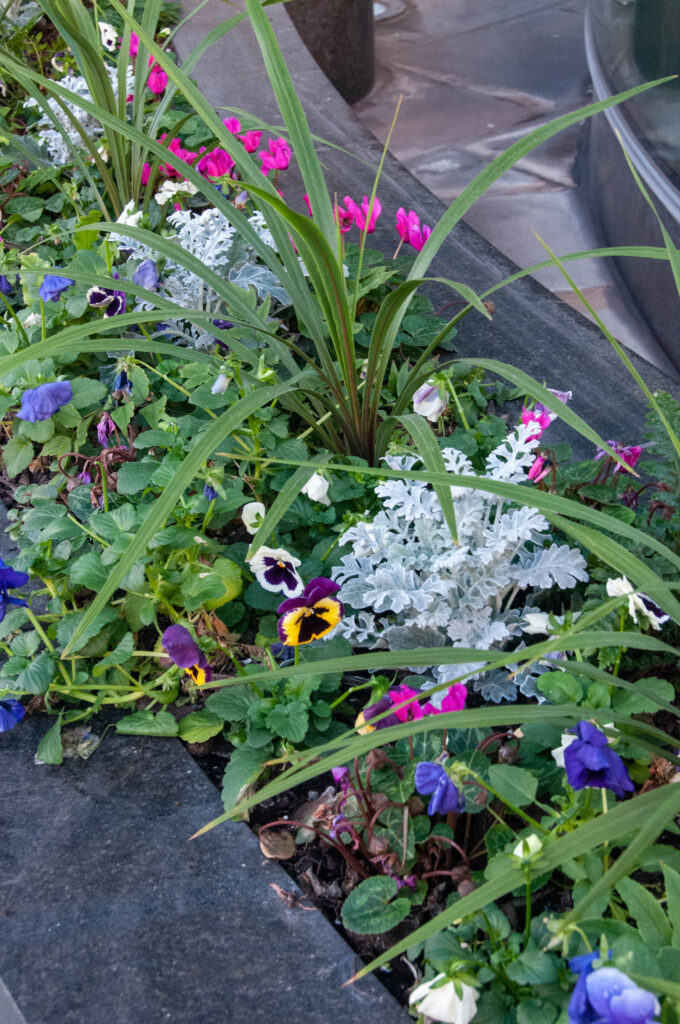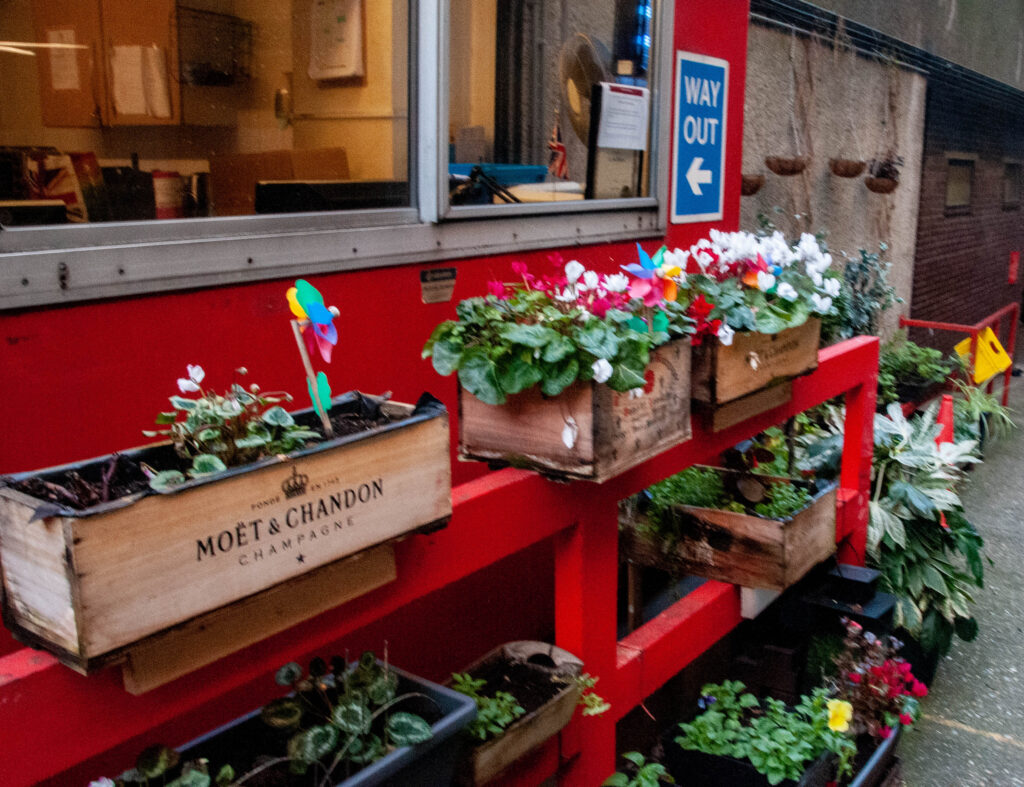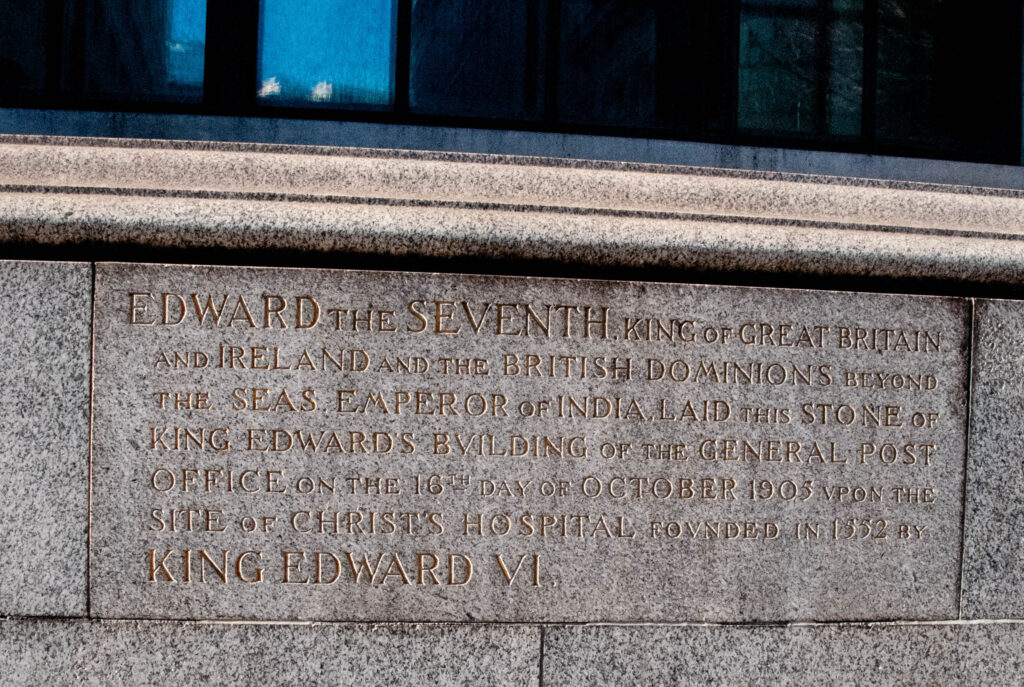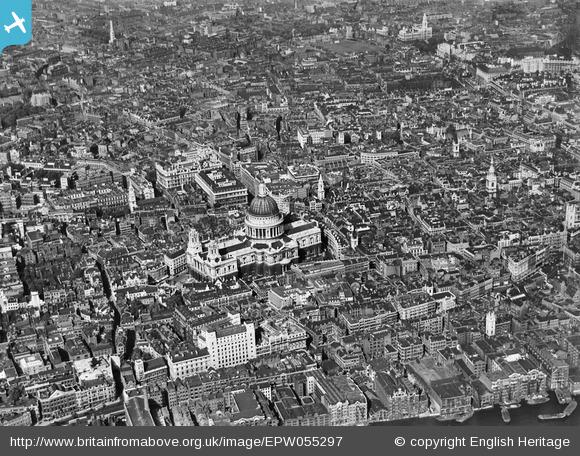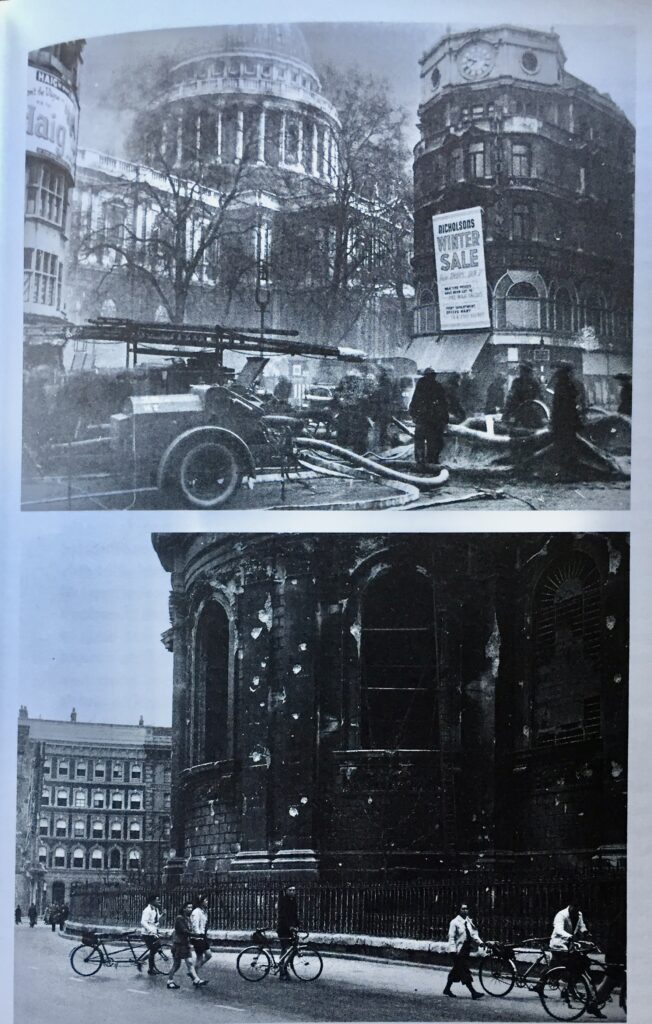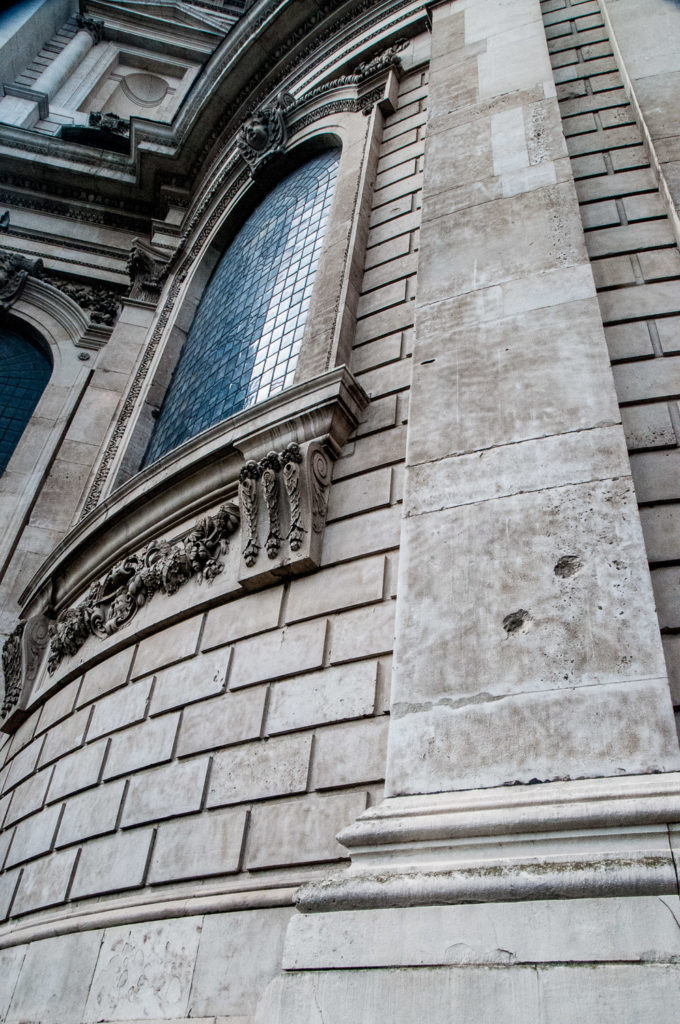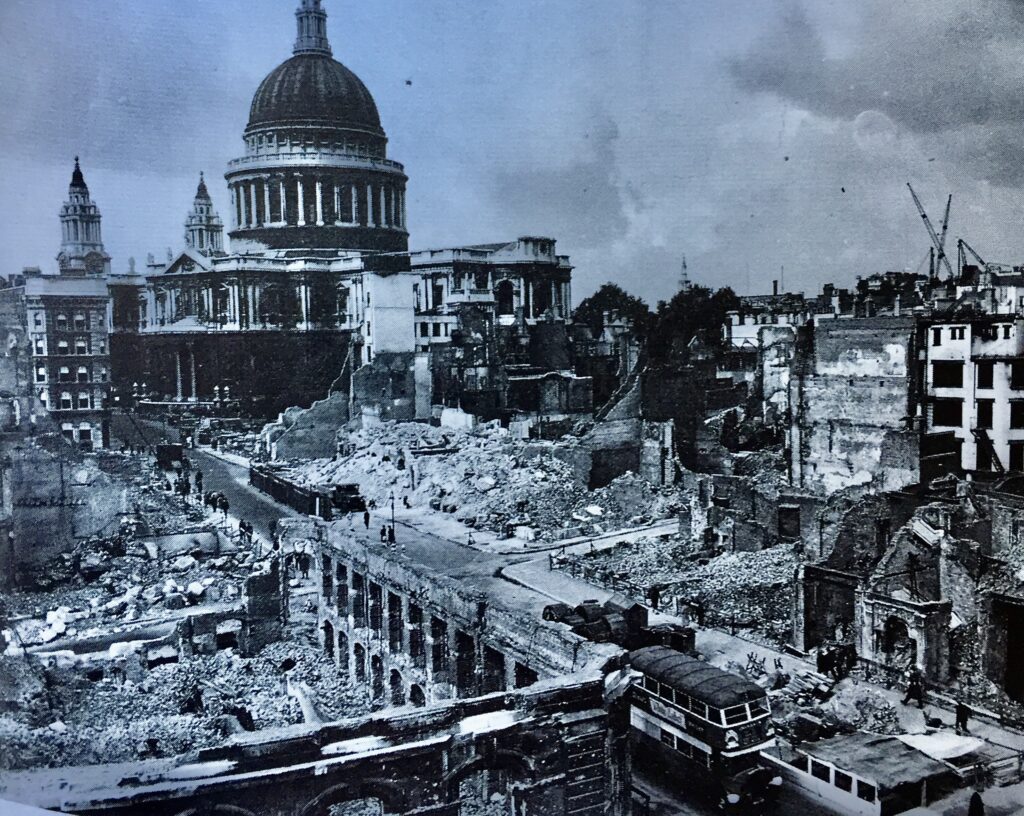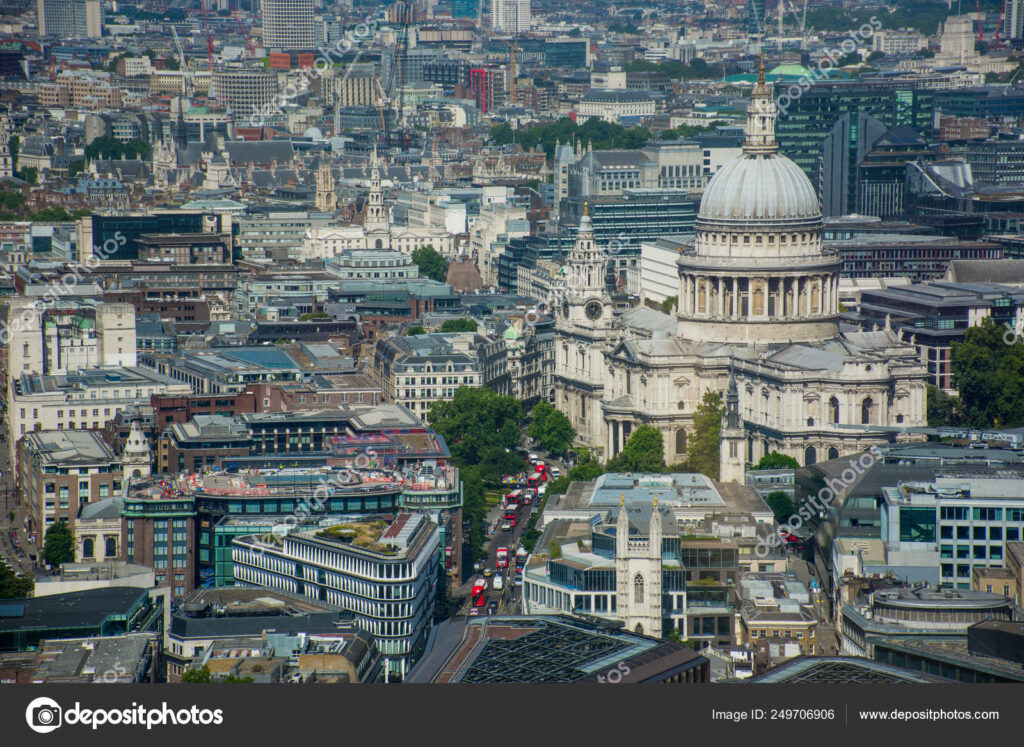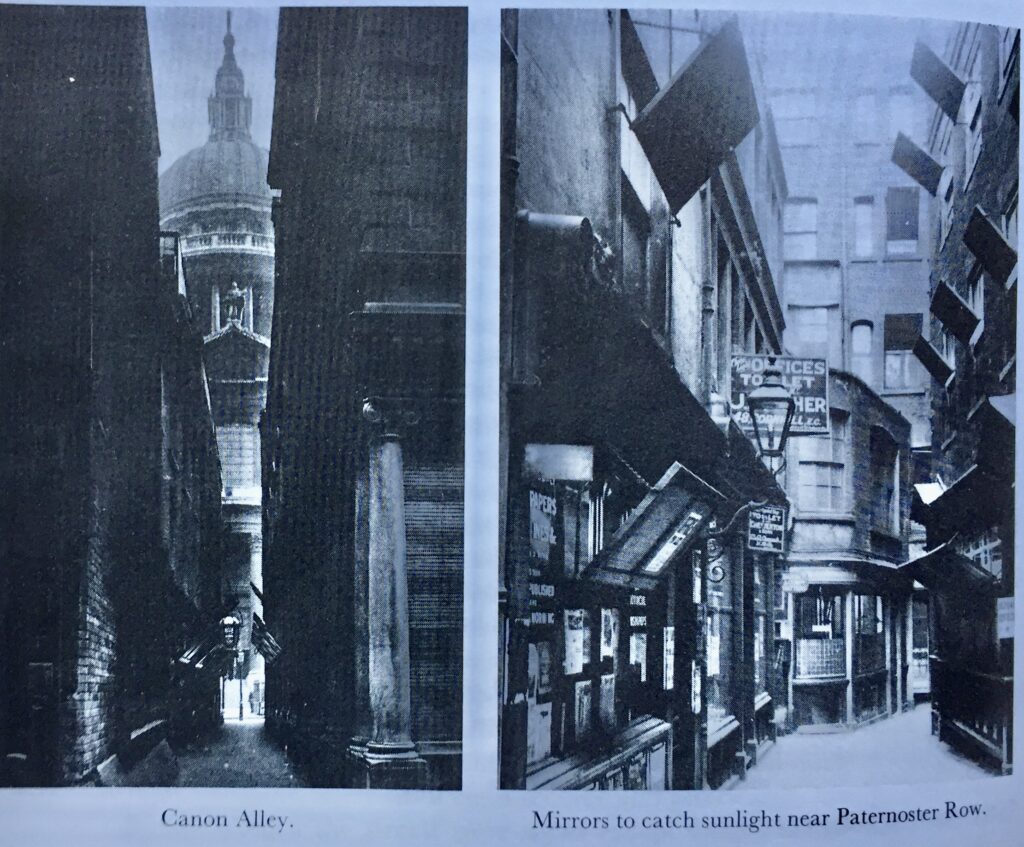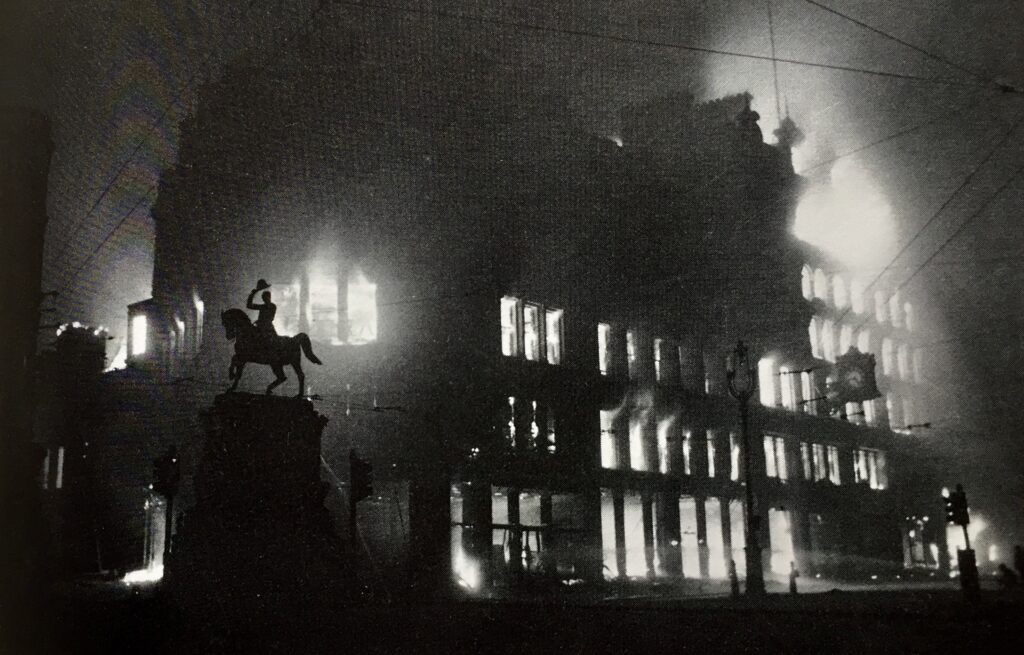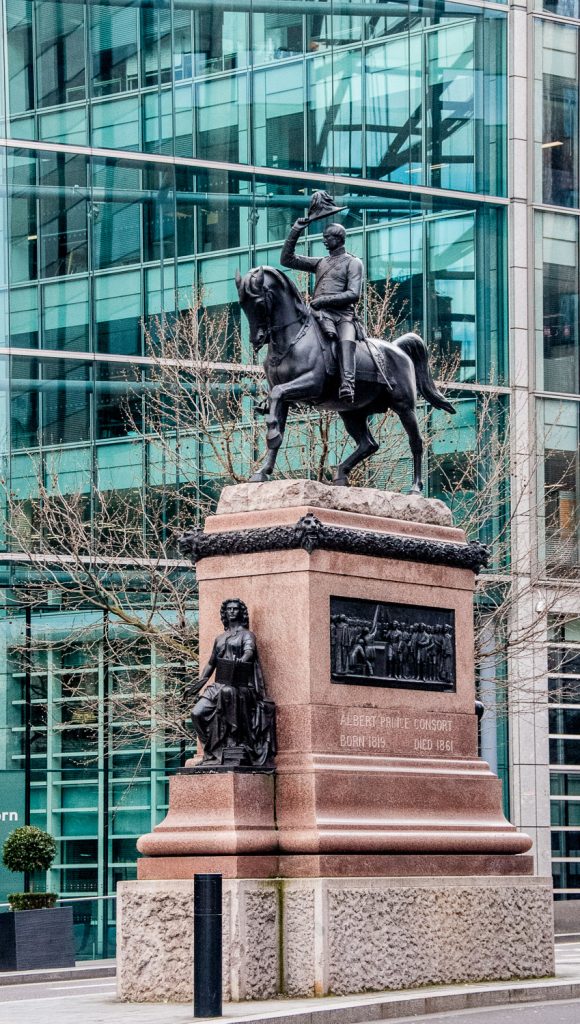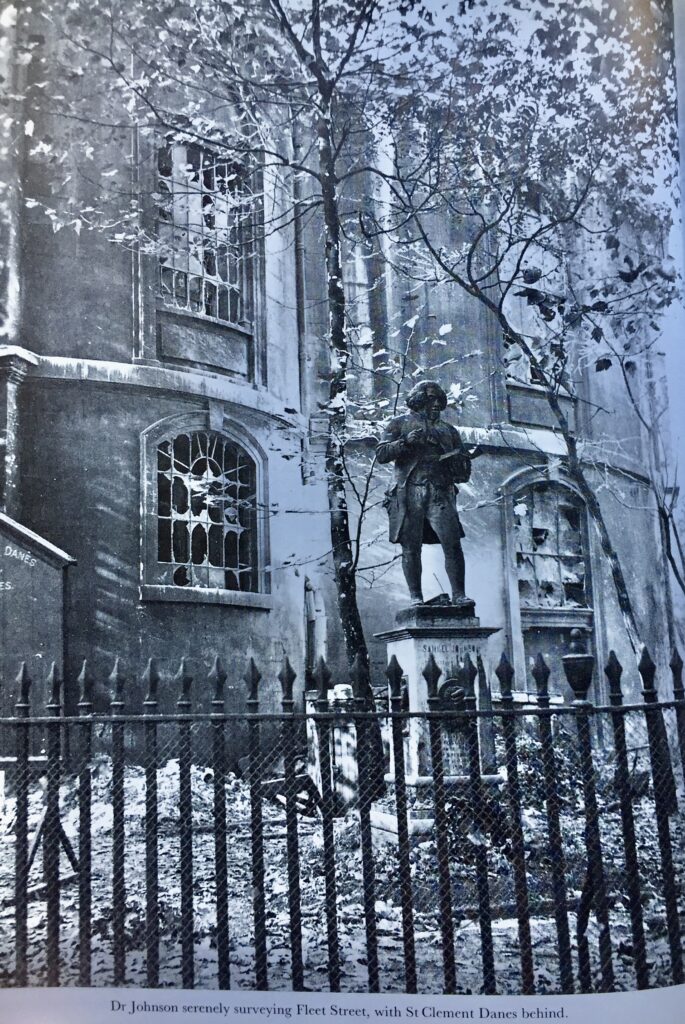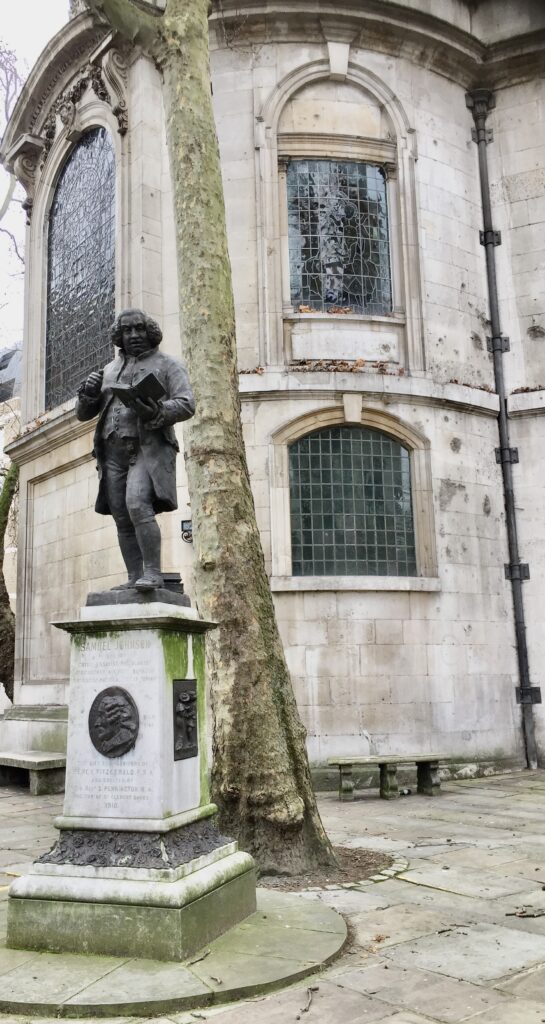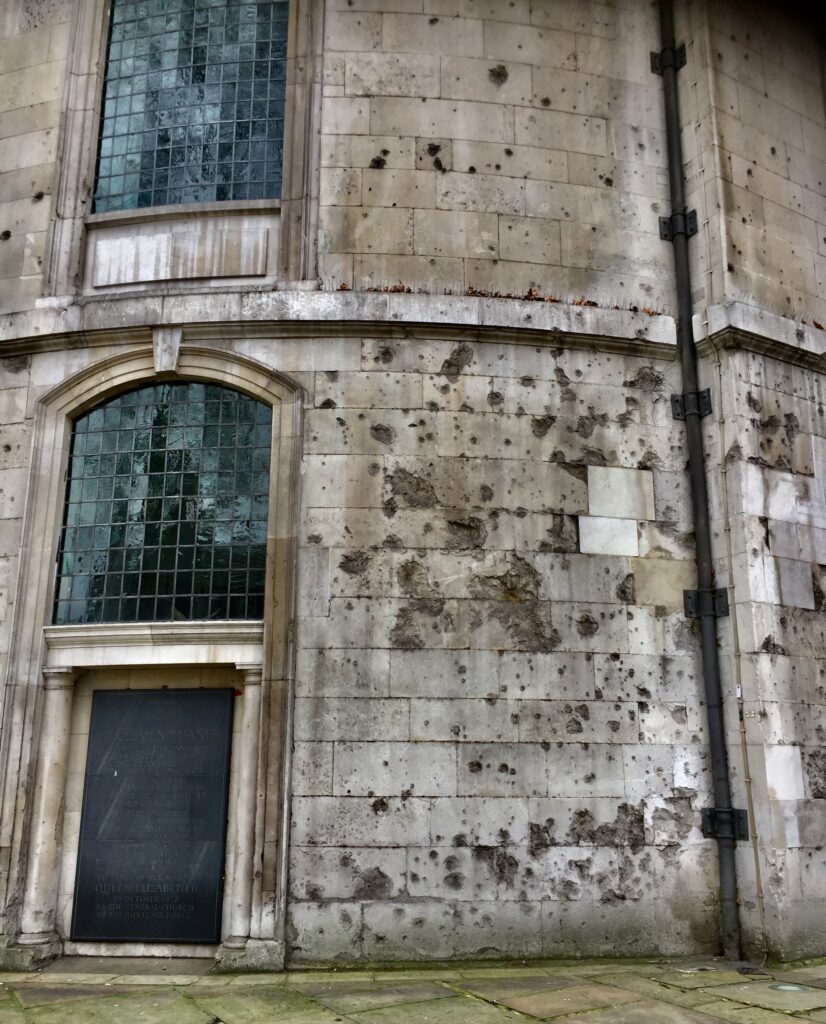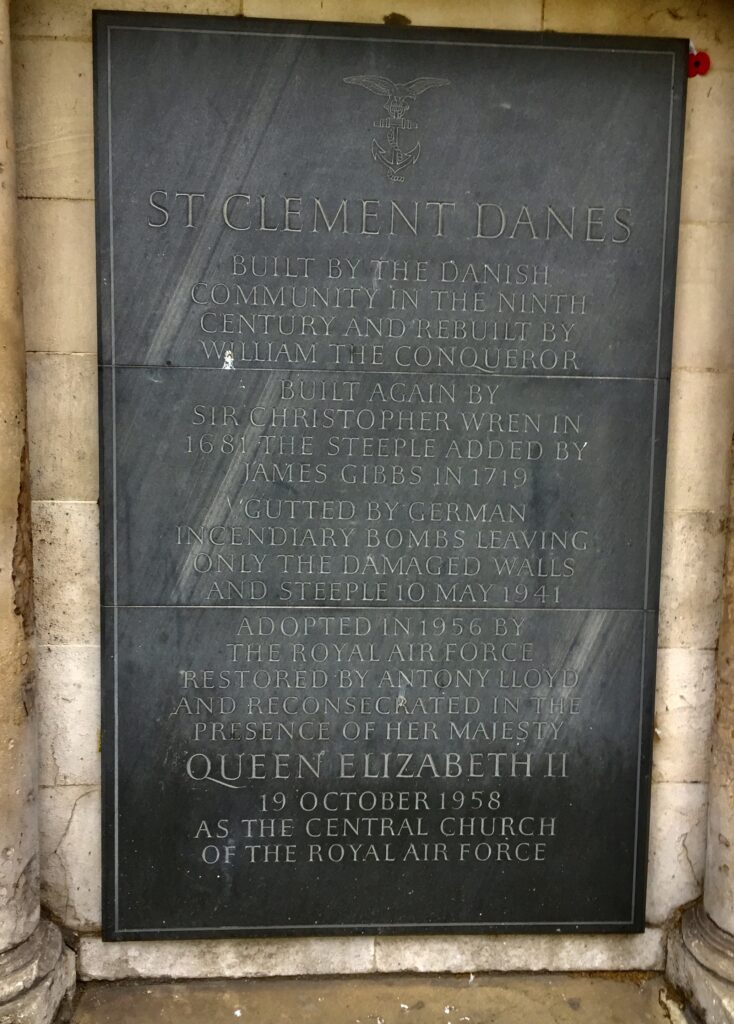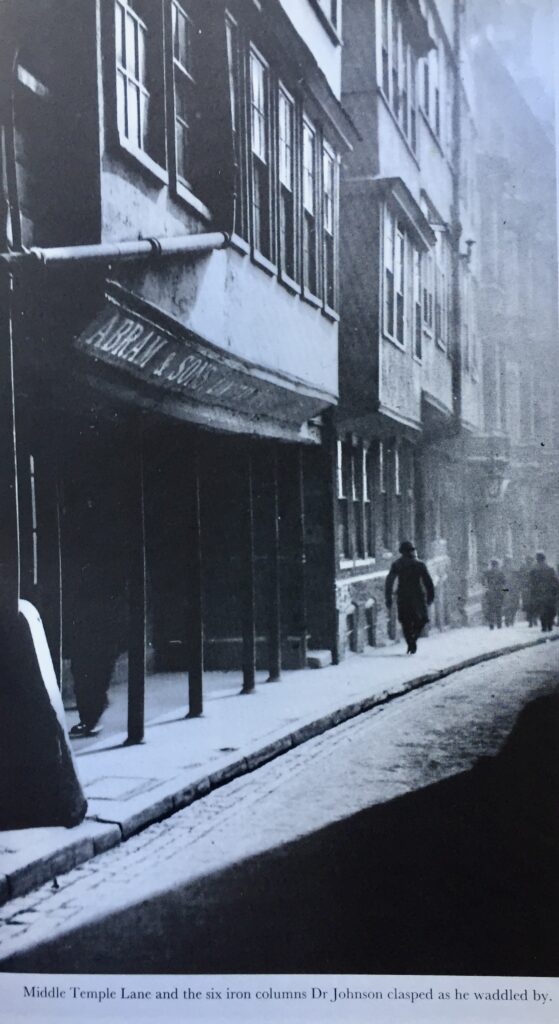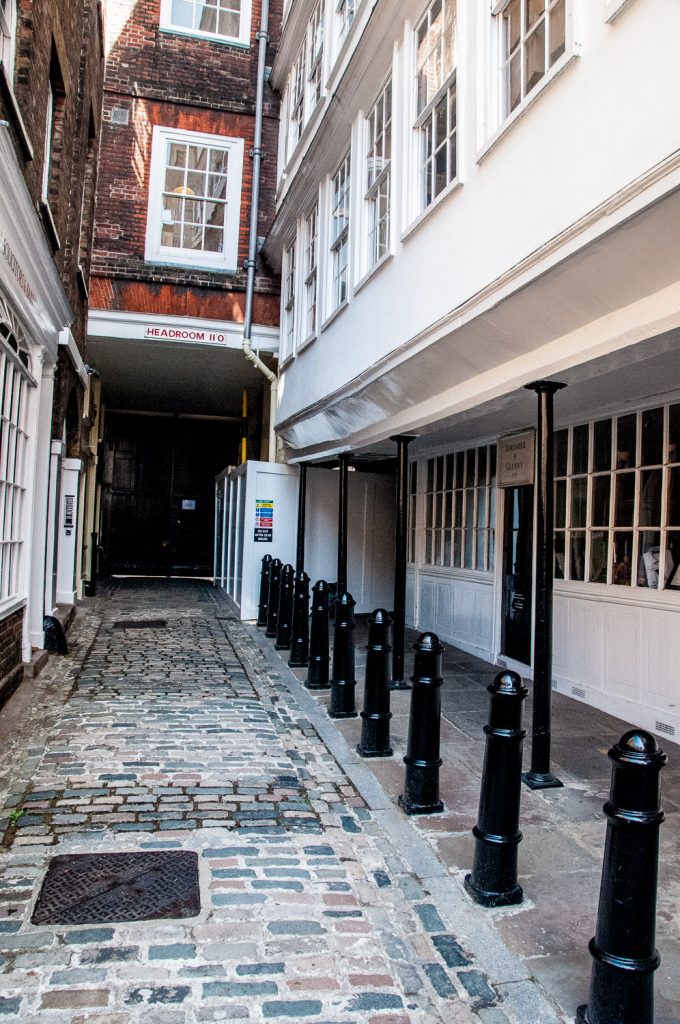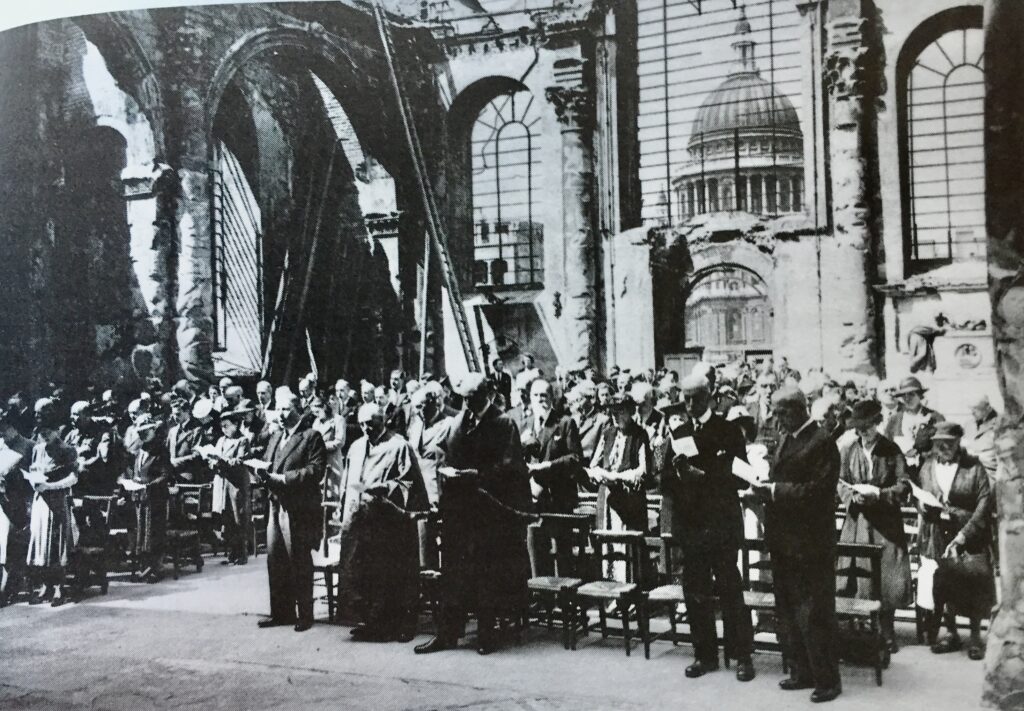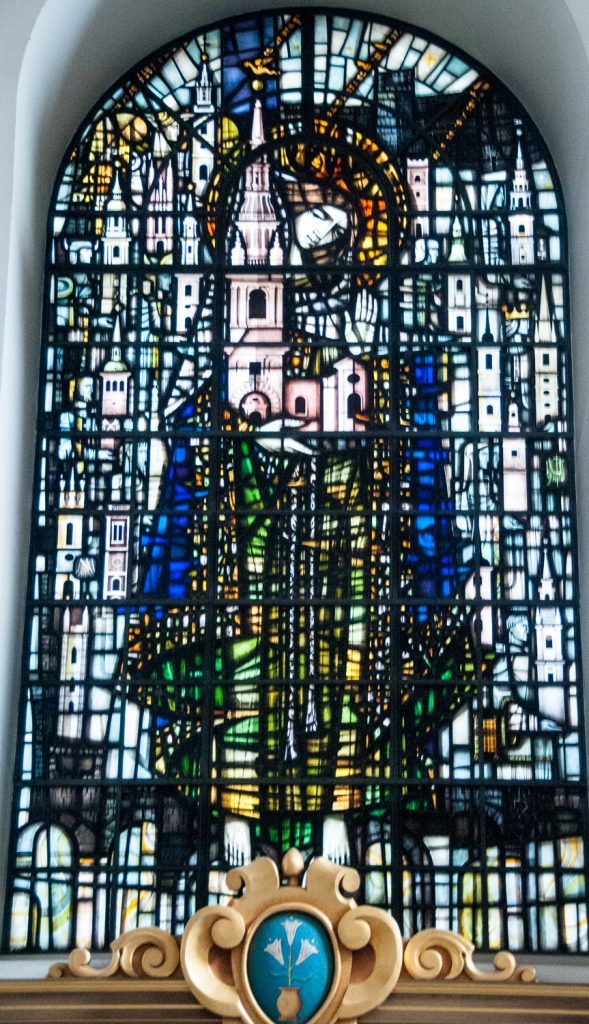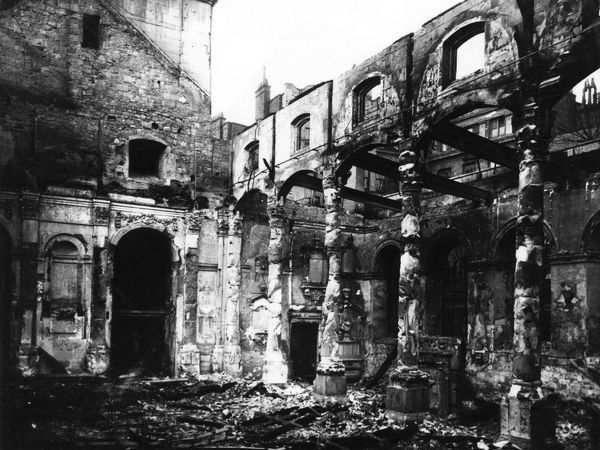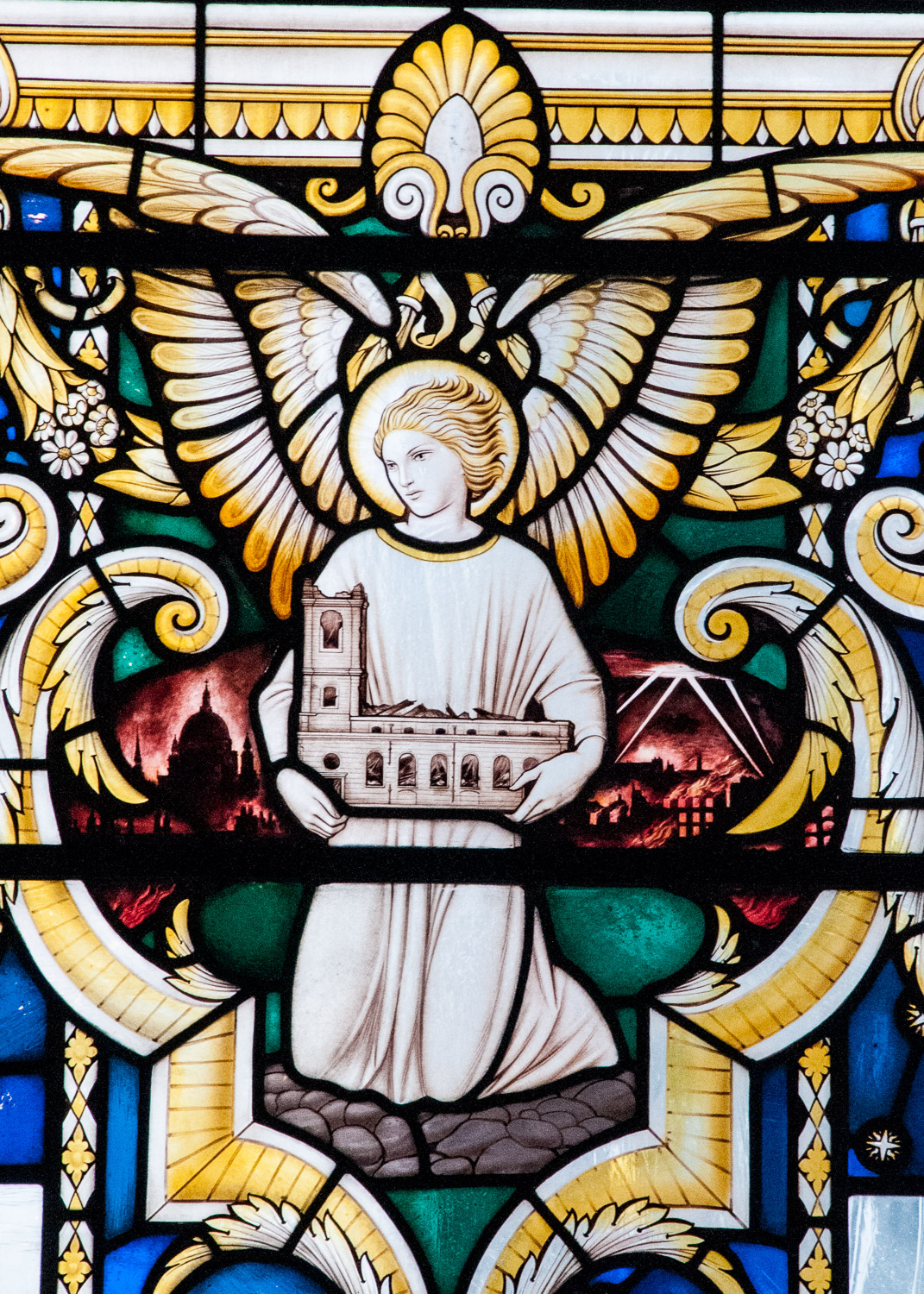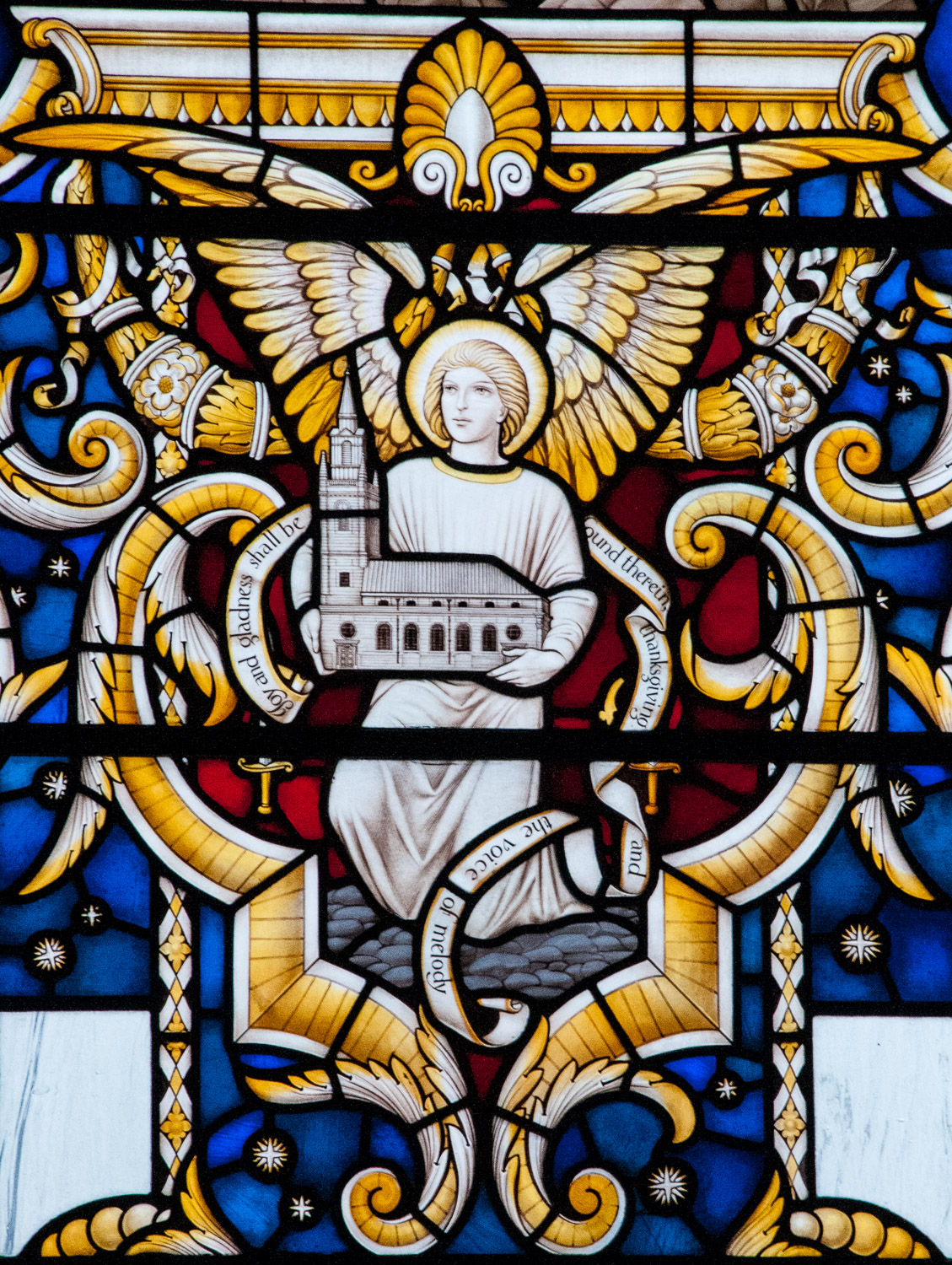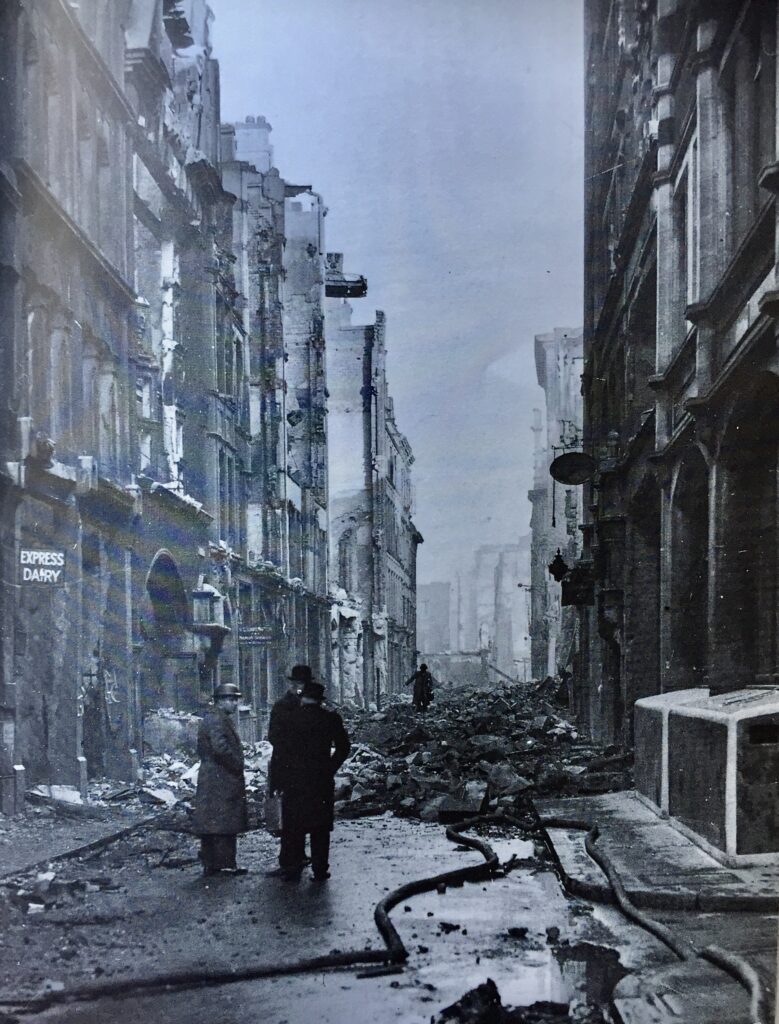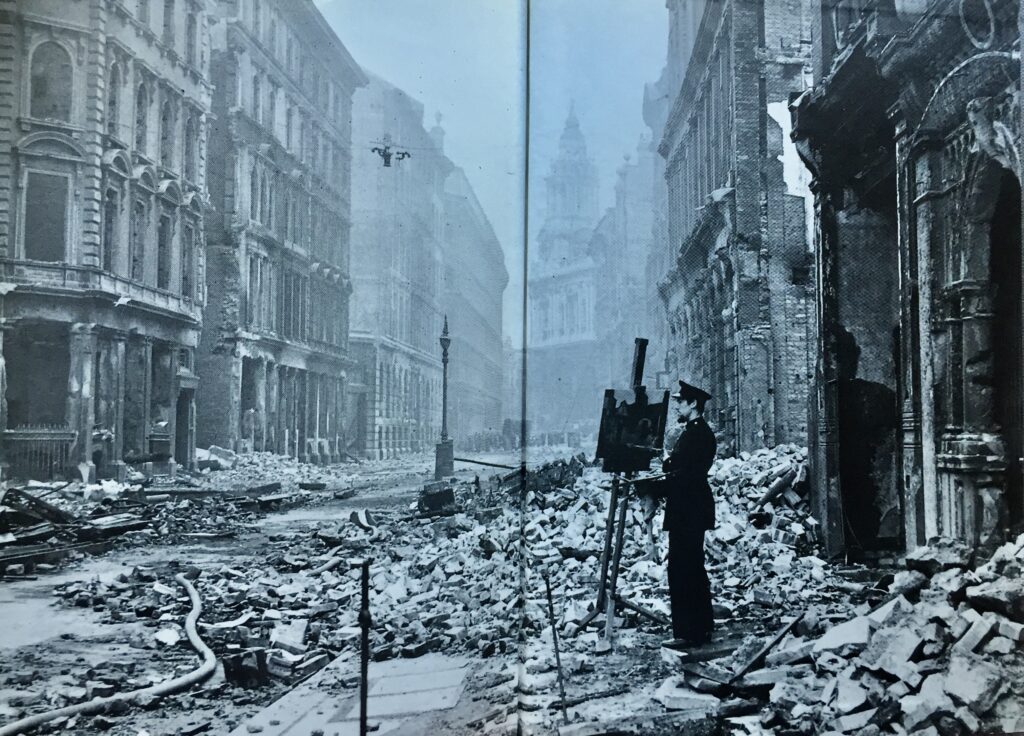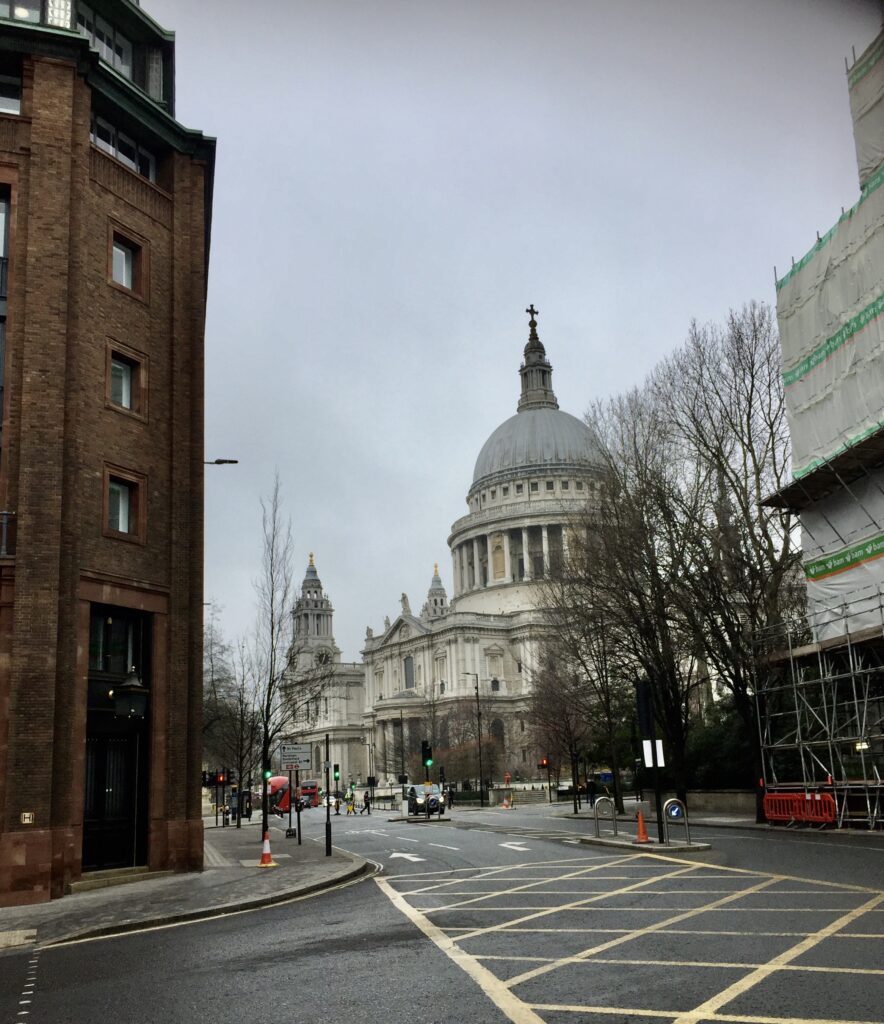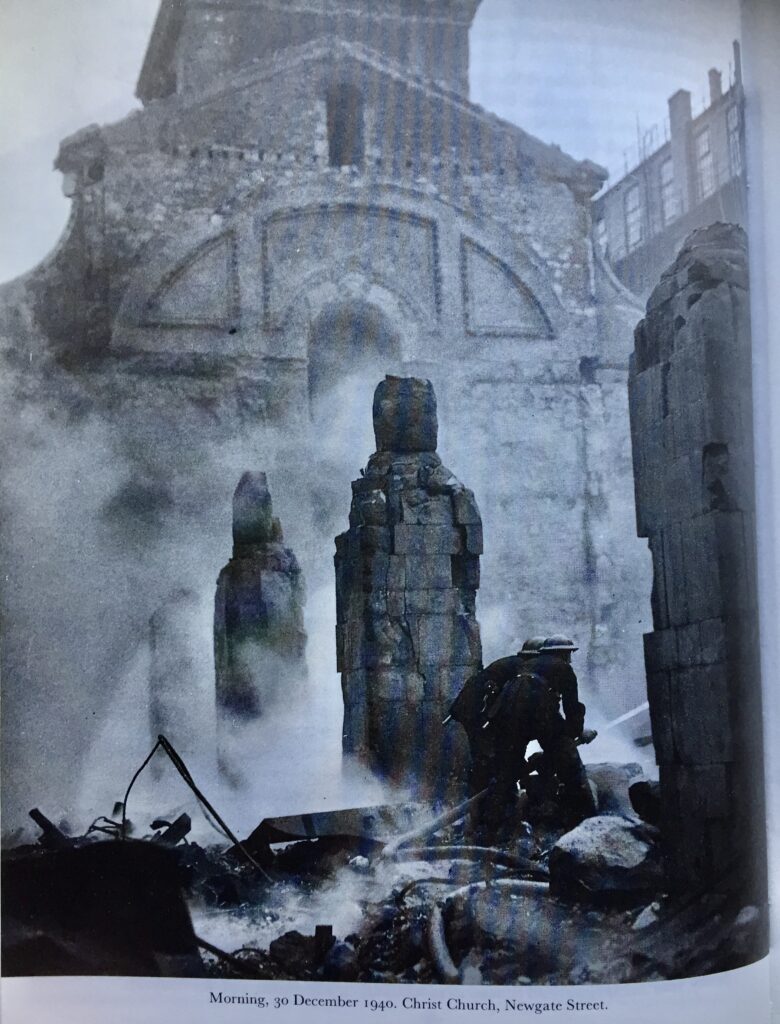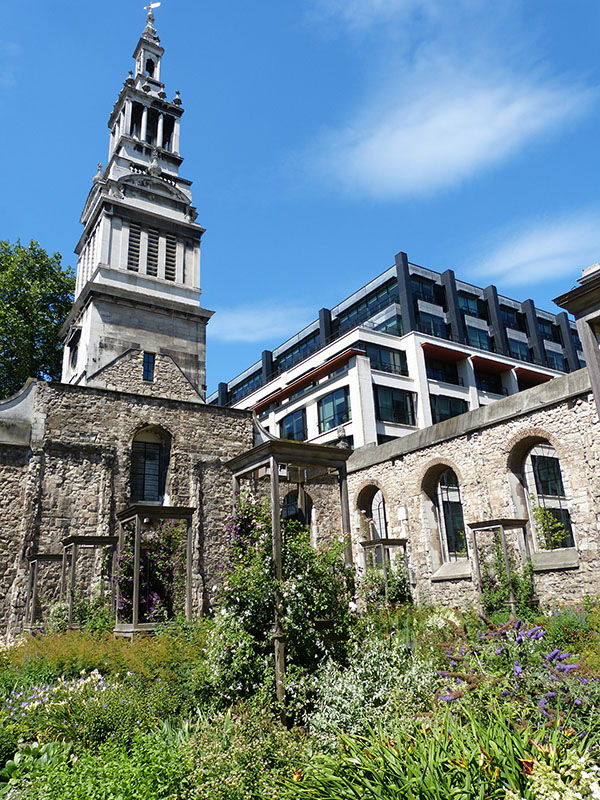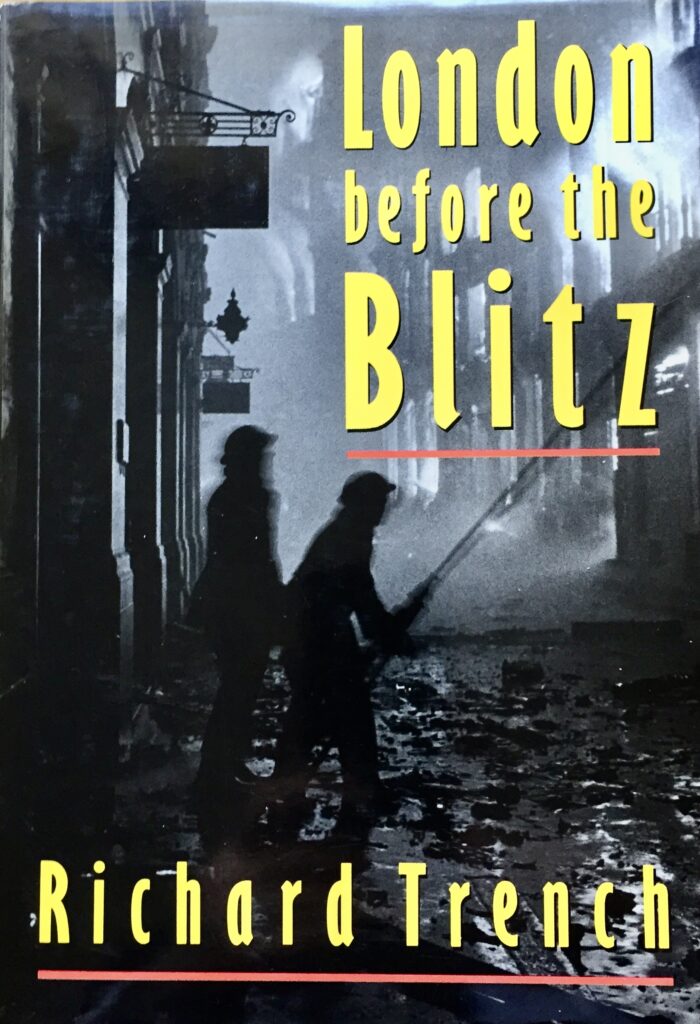I have been looking again at my rescued copy of Living London published in 1902 and was fascinated by this description of the London Policeman …
It may be his painful duty to arrest you and lock you up … but he much prefers to be your guide and champion, to help and stand by you at every turn. At the crowded street crossing with uplifted finger he stays the multitudinous thunder of the traffic … and may sometime later risk his valuable life against the murderous burglar. Whether gentle or rough, he is always the same, civil-spoken, well mannered, long suffering but sturdy and uncompromising servant of the people.
The writer, Major Arthur Griffiths (1838-1908), was an Assistant Governor of several London prisons and wrote a number of books about policing, befriending a number of senior officers in the process.
His words inspired me to go off to do a bit more research and find some images that might complement this description.
It has been decades since I saw a policeman on traffic, or ‘point’, duty and so I haven’t for a long time witnessed an officer’s ‘uplifted finger’ staying the traffic. But I have found some great images.
At Bank junction. An old postcard (I’d guess from the 1930s) …
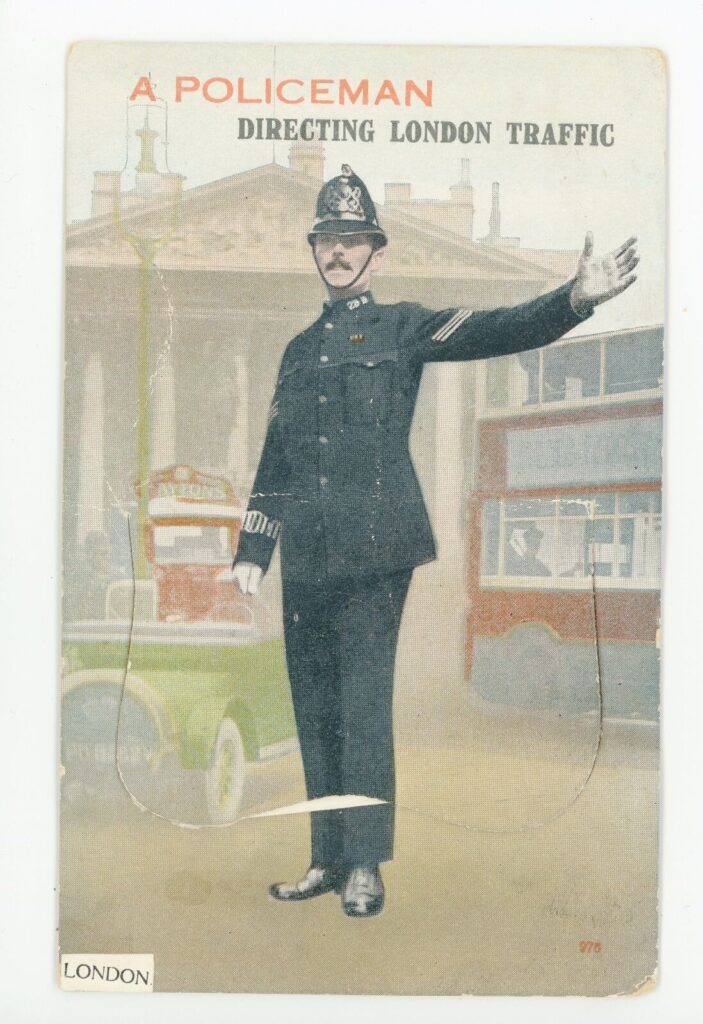
Another from circa 1930, taken on Ludgate Hill and its junction with Ludgate Circus …
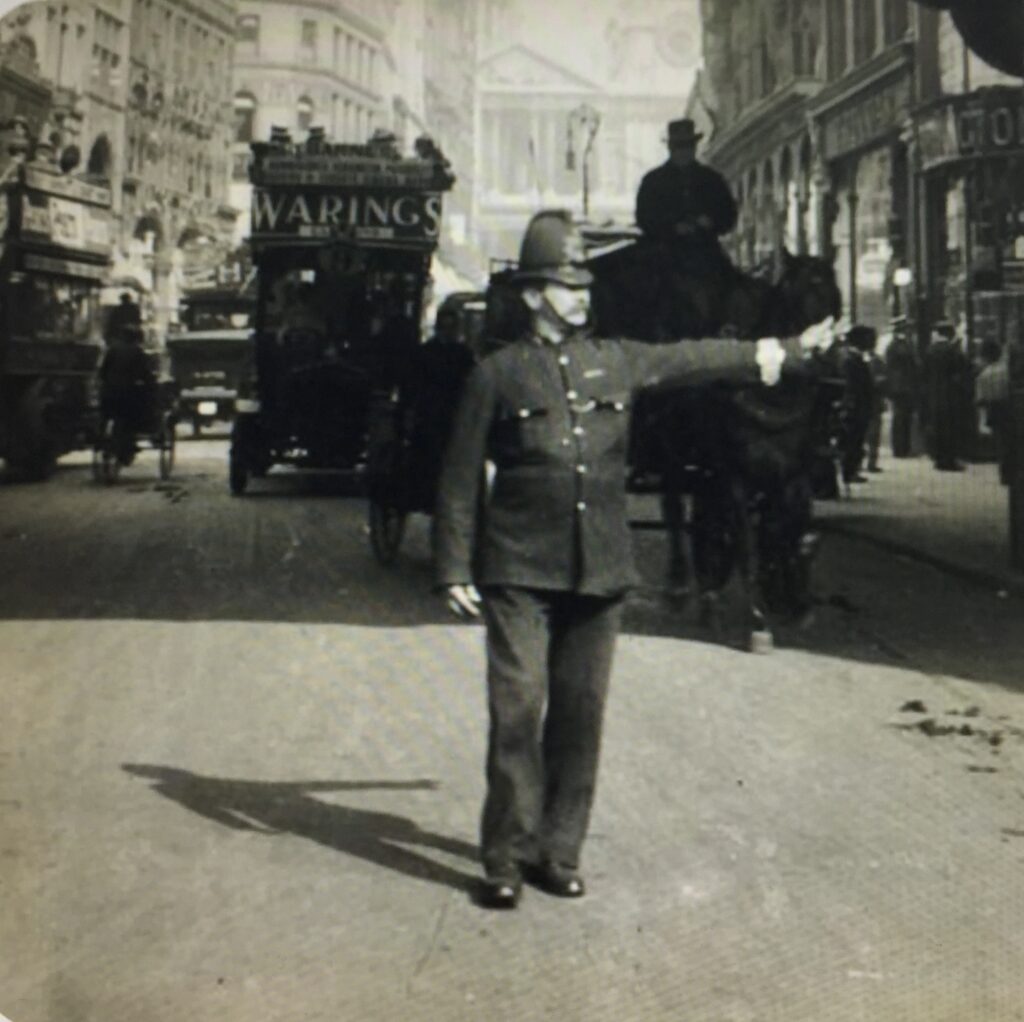
This officer is standing in almost the same place during the terrible winter of 1962/3 which became known as the Big Freeze …
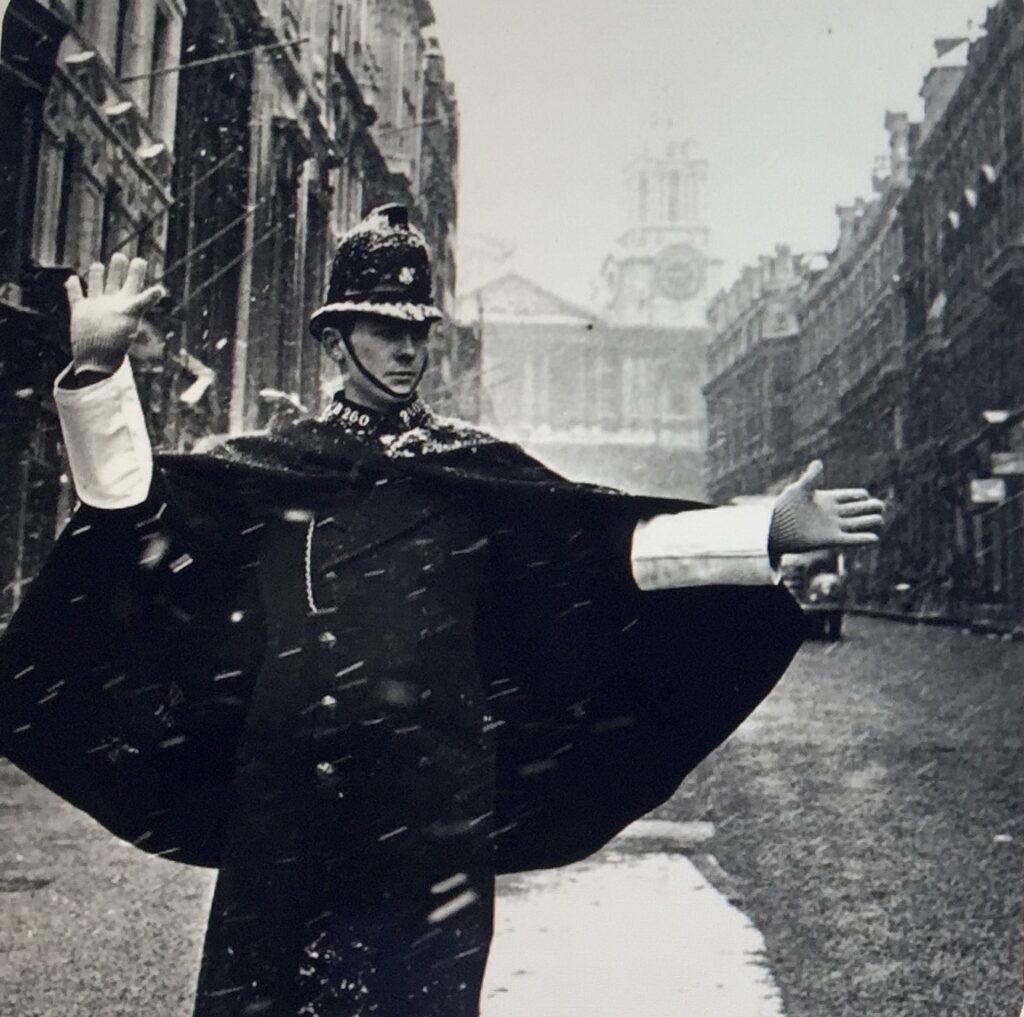
Outside the old Lyons Corner House Restaurant on the Strand near Charing Cross, probably early 1970s …
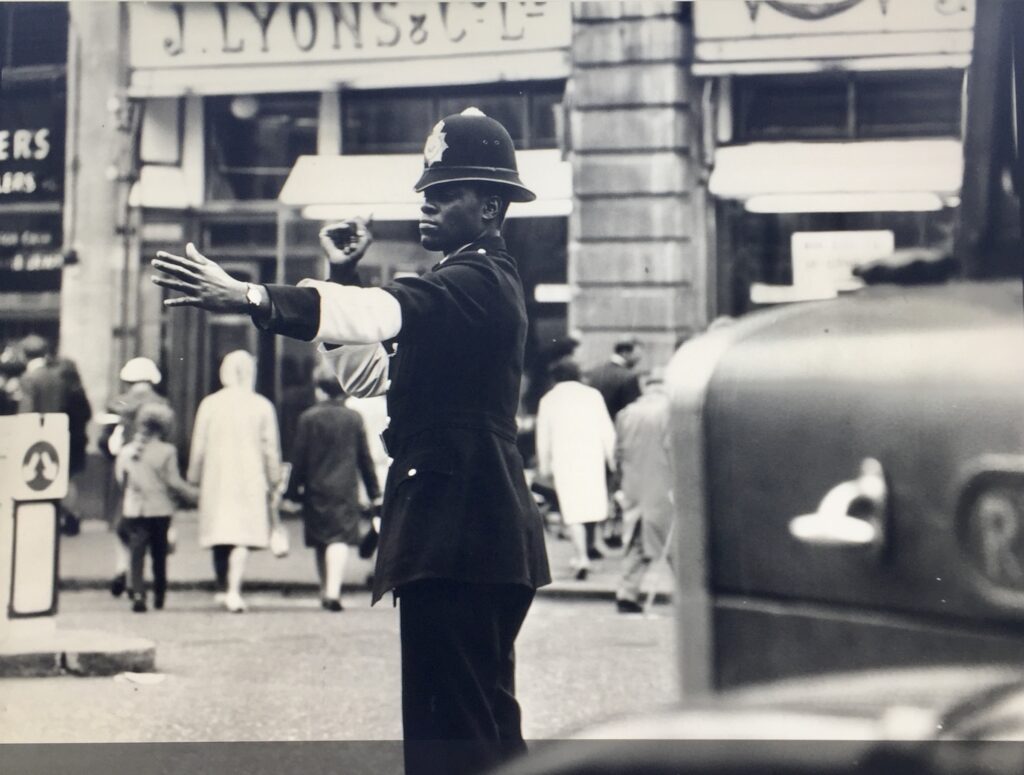
And what about this great scene. It’s entitled A London policeman controlling traffic from a box at Ludgate Circus on 2nd February 1931 …
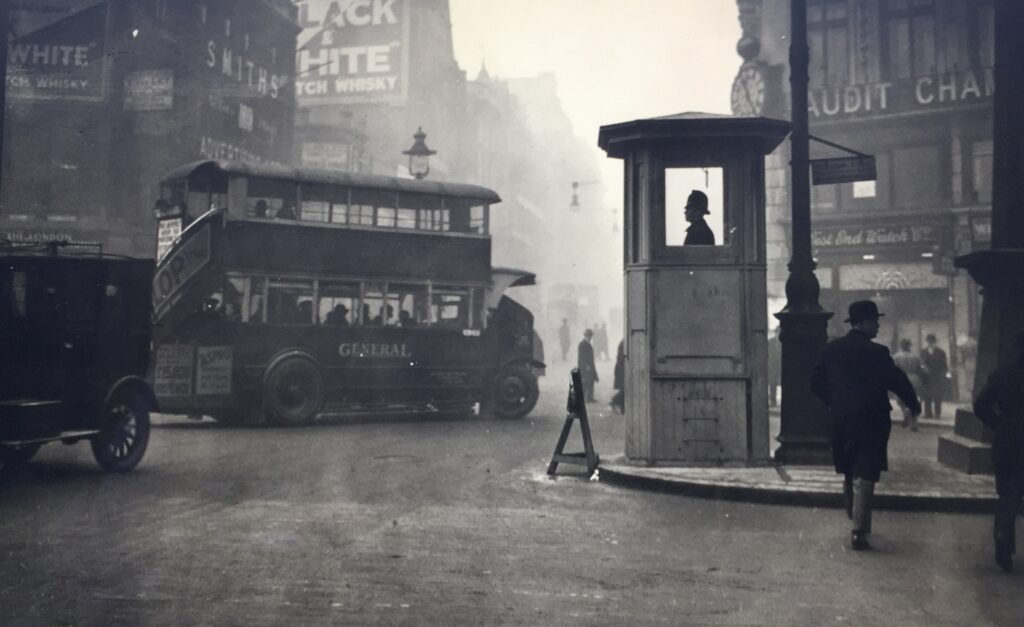
Here’s another image from a different angle. I imagine that the levers in the box can be used to control the traffic lights. Boy do we need something similar at that location today …
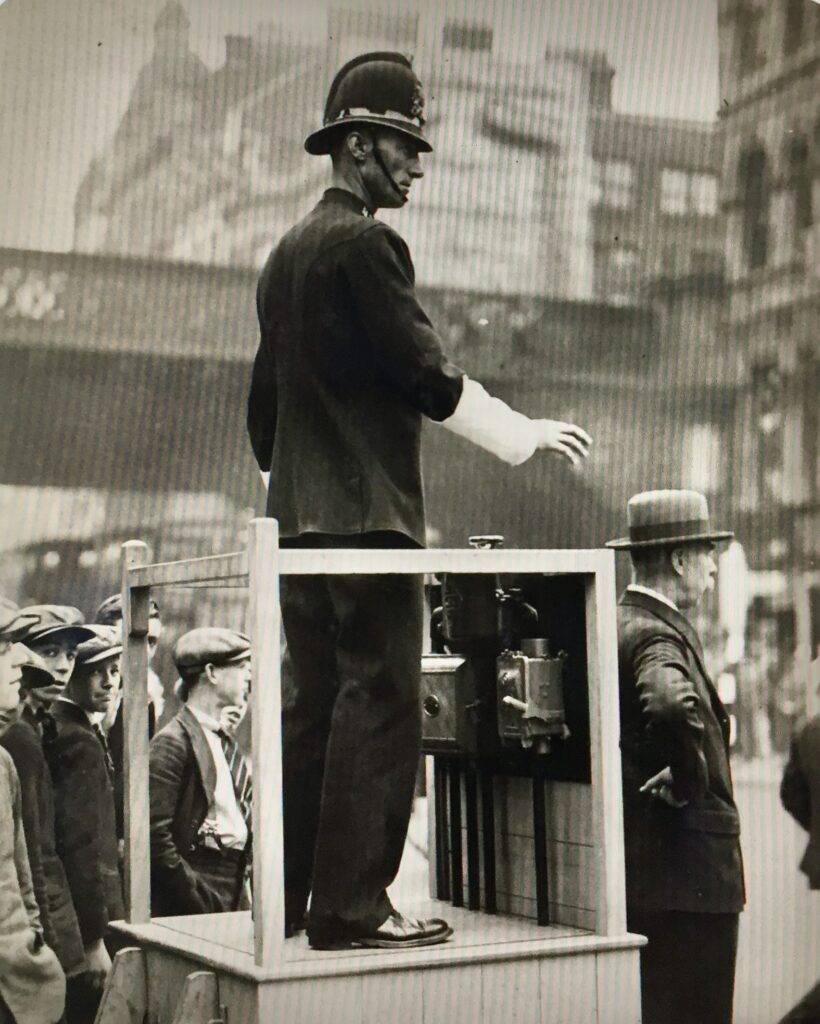
This short eight minute film on YouTube is a real treat. It dates from 1932 and includes film of Bank Junction during a busy time of day with no traffic lights, just two policemen controlling everything. There’s a wonderful moment when a lady interrupts one of them to ask directions! Click here for the link. If that doesn’t work try Googling ‘London Traffic – early (1932) British Pathé’.
As far as arrests are concerned, my copy of Living London has provided me with one arrest image – a man caught trying to pawn stolen goods …
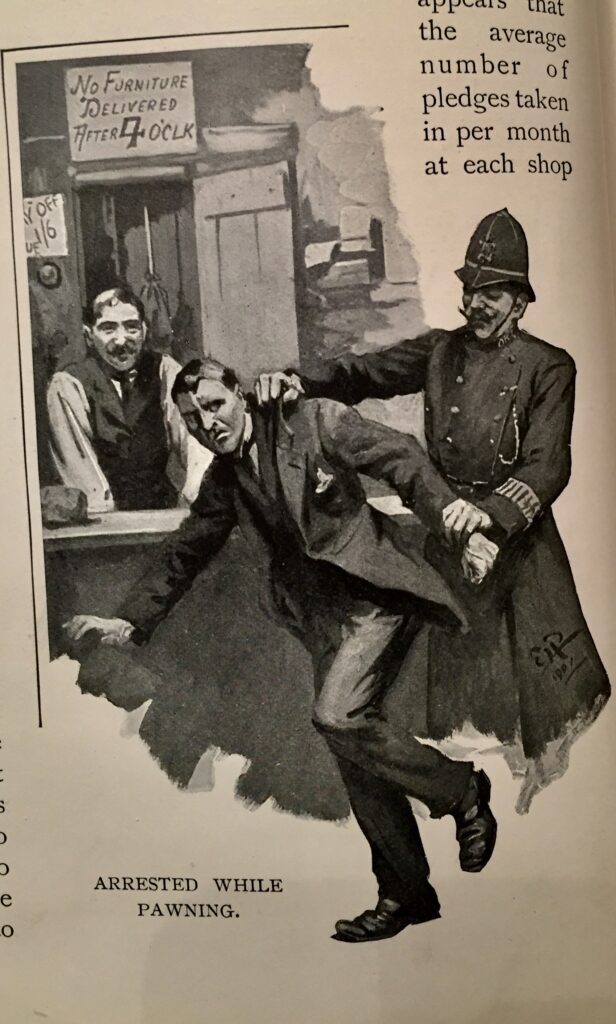
By the expression on the pawnbroker’s face it looks like he was the one who gave the police a tip off.
This is an 1890 photograph of an arrest entitled Taken in Charge …
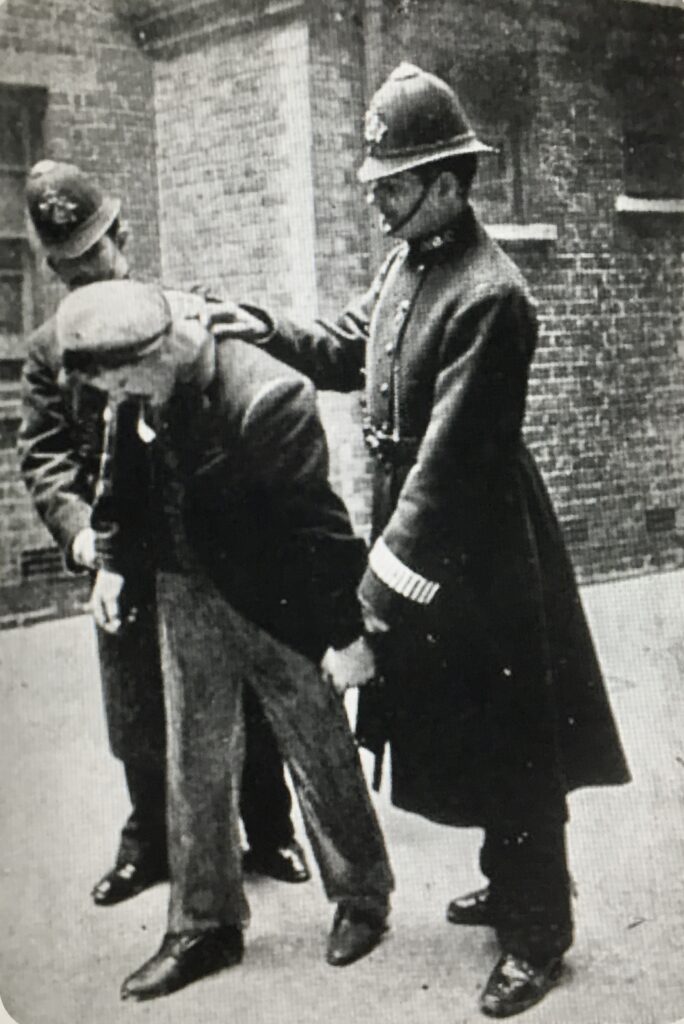
Apparently it’s from an article about the Metropolitan Police but I can’t find any more detail. Presumably the officers and the person they are detaining had to stand still for the picture to be taken, hence its ‘posed’ appearance.
All this research reminded me of my visit almost three years ago to the City of London Police Museum where I recorded a fine set of moustaches …
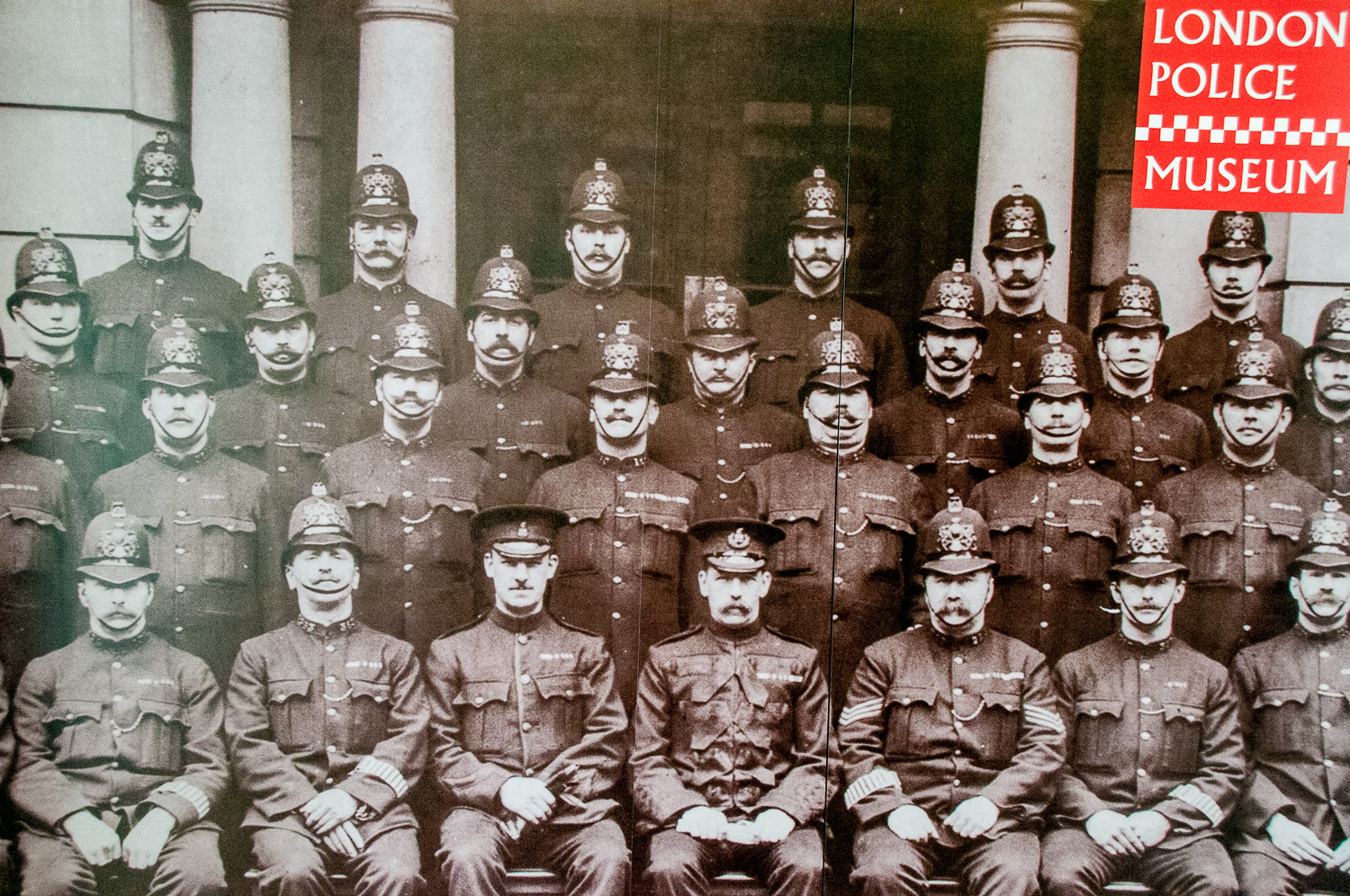
The City of London police have been responsible for looking after the Square Mile since 1839 and this exhibition is a collaboration with the Guildhall Library.
Some exhibits make you smile …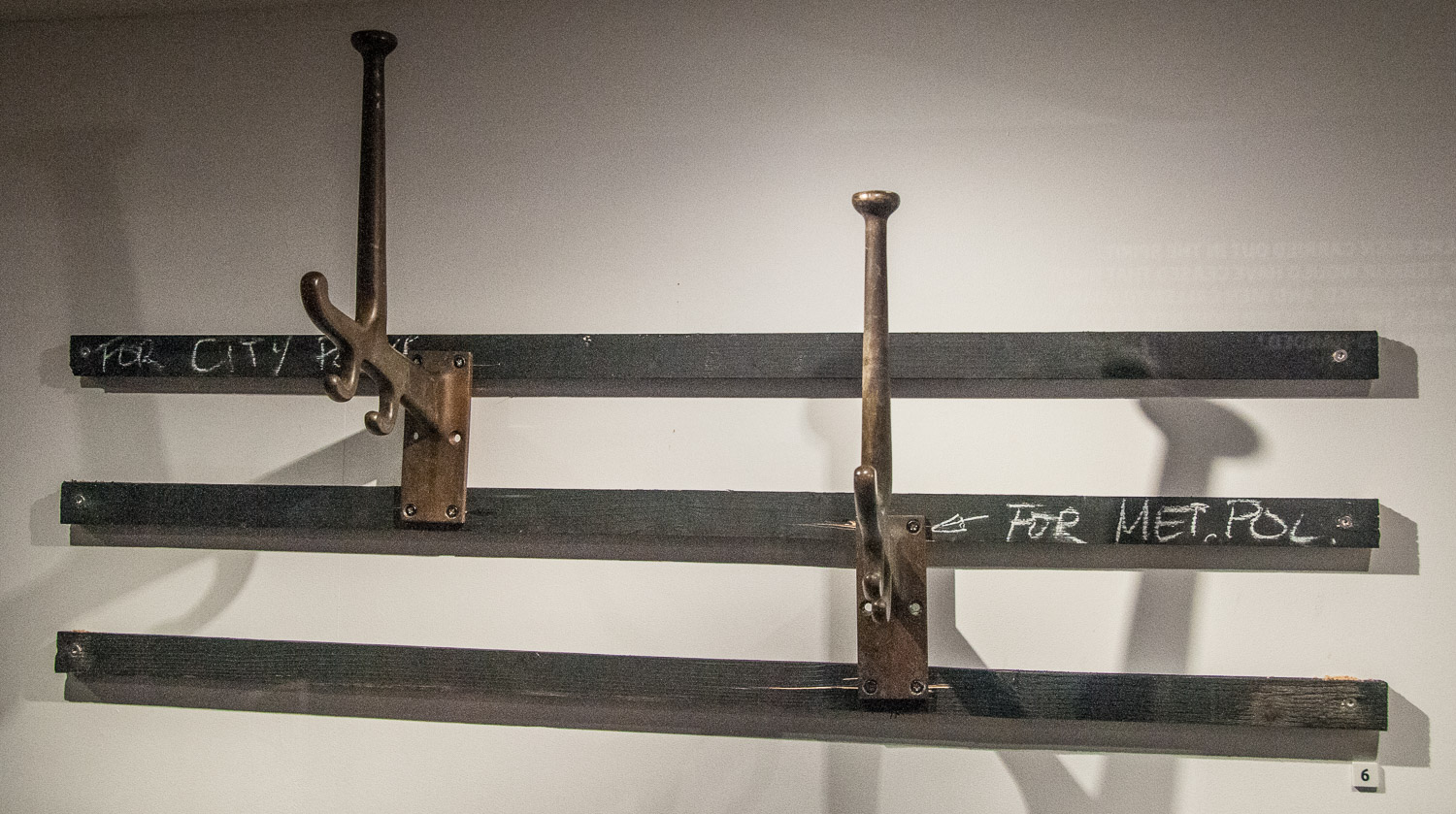
The coat hanger joke refers to the fact that the minimum height for a City of London Police officer used to be 5 feet 9 inches whereas for the Metropolitan Police it was 5 feet 7 inches.
Other exhibits are more serious …
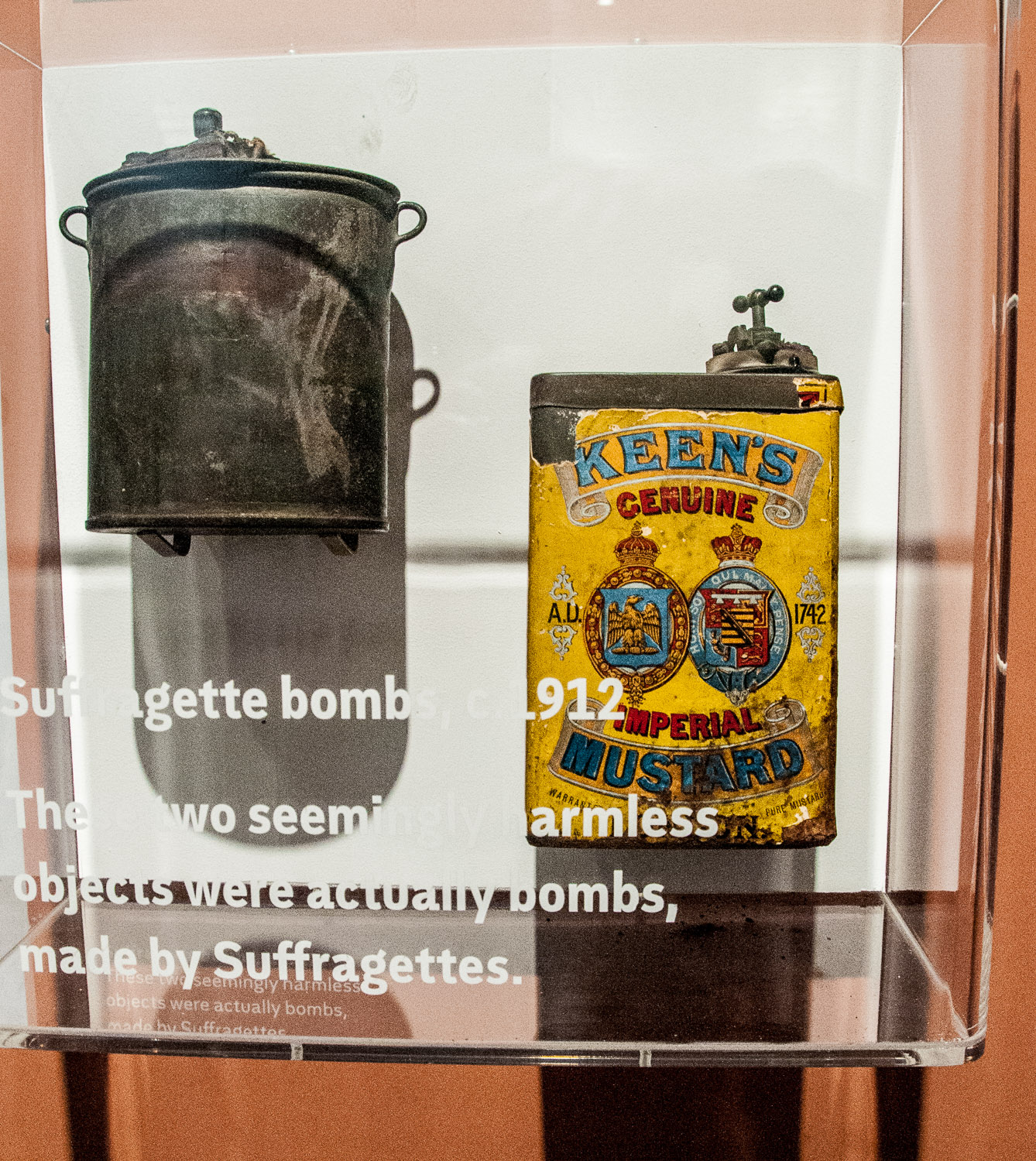
Cleverly disguised bombs made by Suffragettes.
And finally some police enforcement equipment …
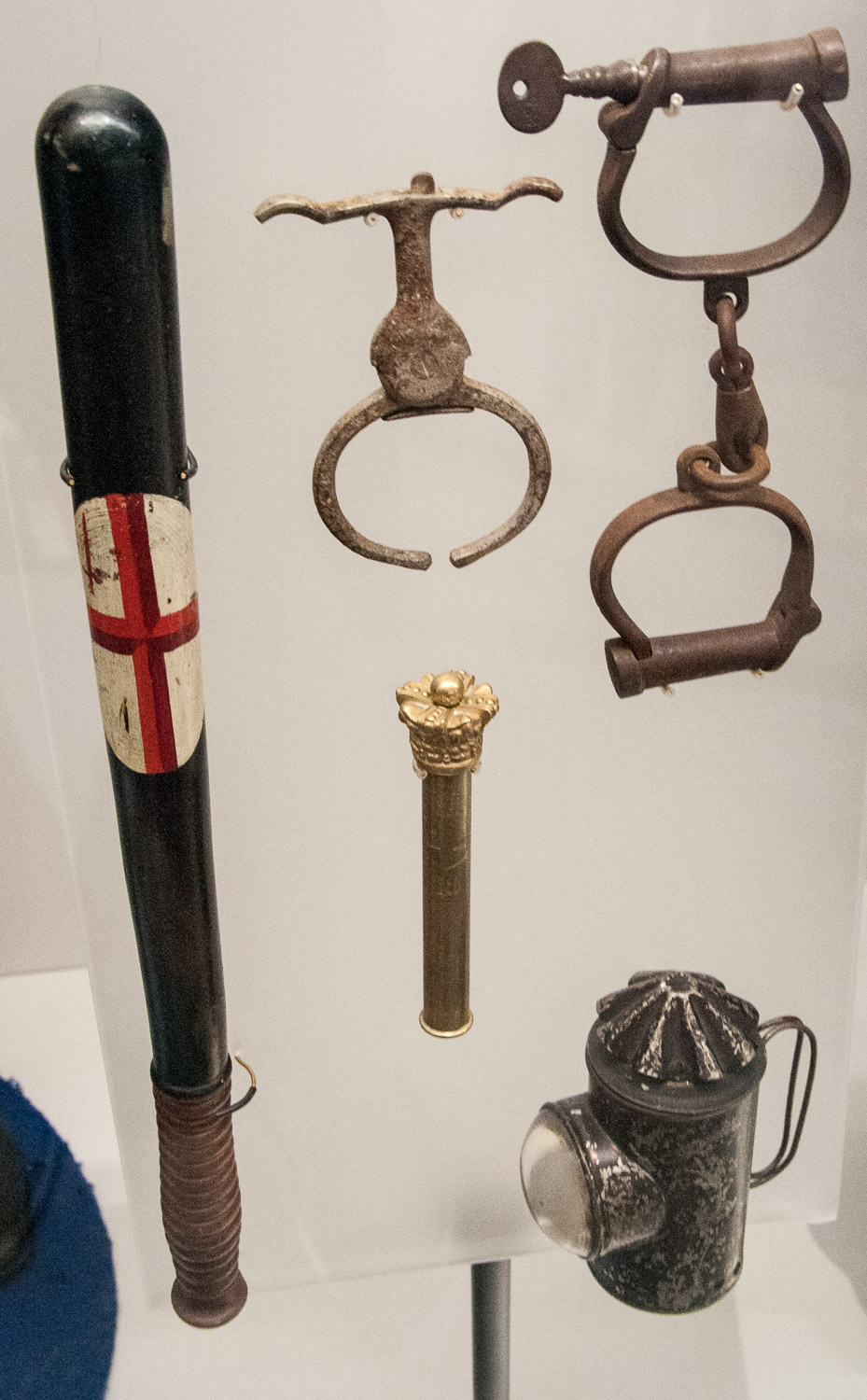
The object with the elaborate crest is a tipstaff dated 1839 – it was a sign of rank and unscrewed to provide a place to carry documents. The handcuffs are 19th century, the earlier one was attached to the wrist of the detained person and the officer would hold the other side. The ‘bullseye’ lamp for night patrol is from the 1880s and the truncheon, with the City emblem, from the same period.
Villains also had ‘tools of the trade’. It looks like Major Griffiths had access to the notorious ‘Black Museum’ at Scotland Yard when writing his article since it includes pictures of some of the Museum’s exhibits …
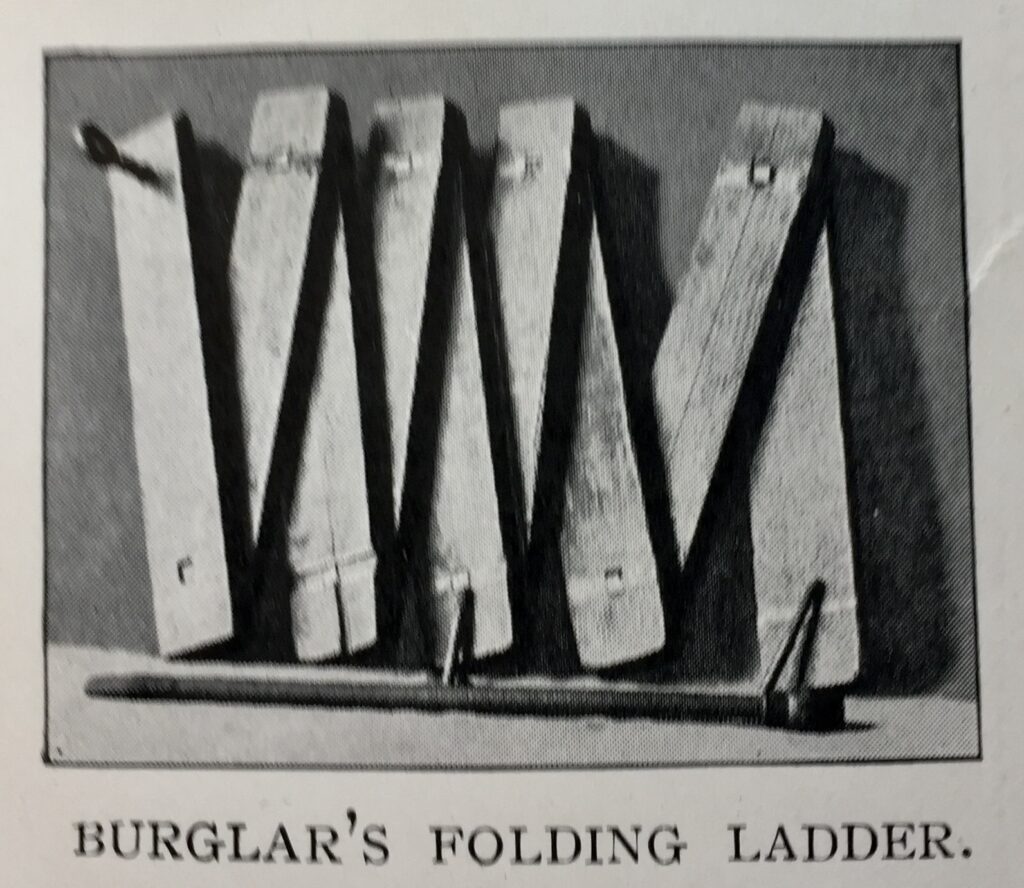
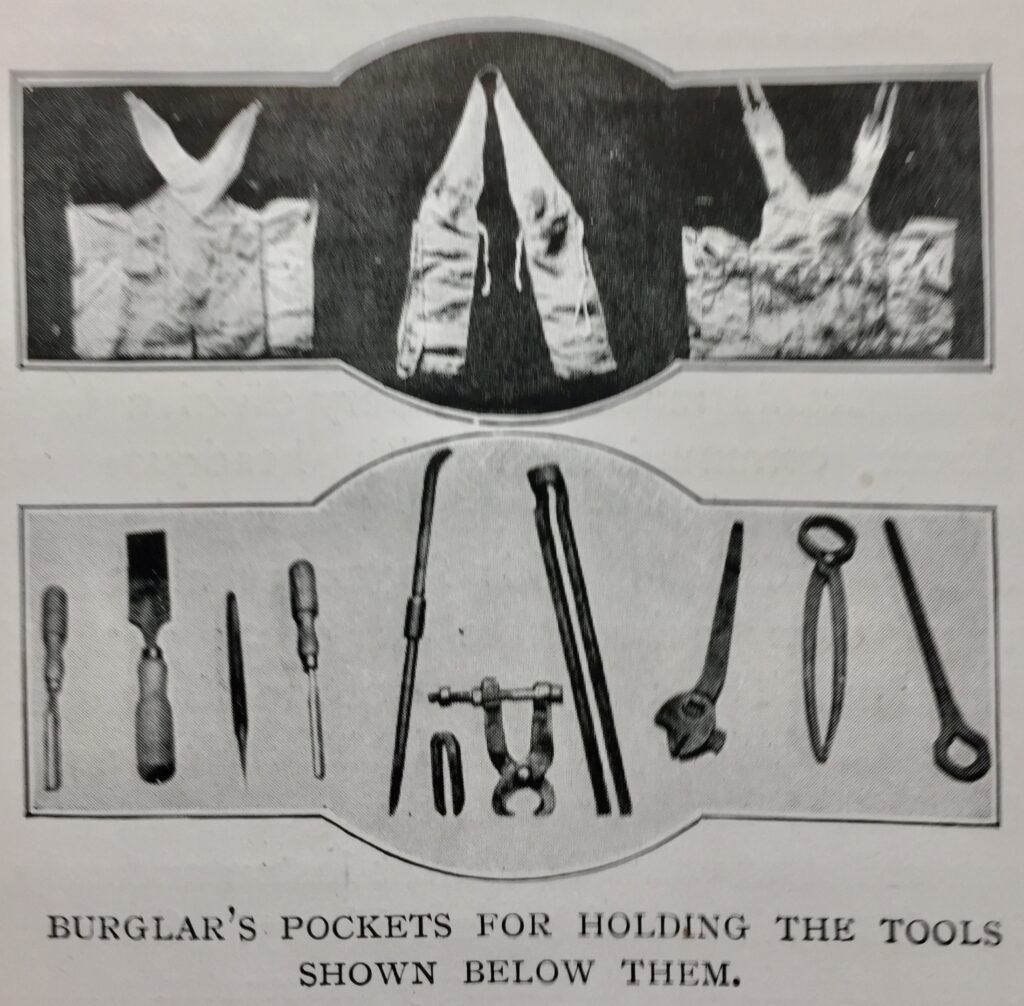
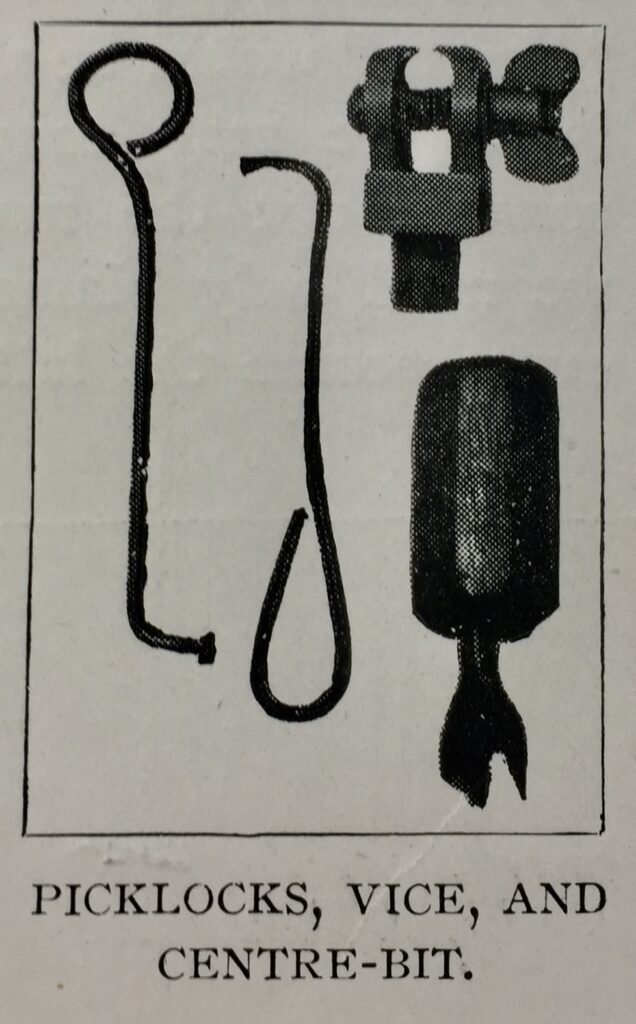
In this image showing a corner of the Museum you can see that exhibits include some nooses hanging from the ceiling. They were probably used in the execution of individuals whose story excited particular public interest. Also visible are the death masks of five executed criminals lined up on a shelf at the back …
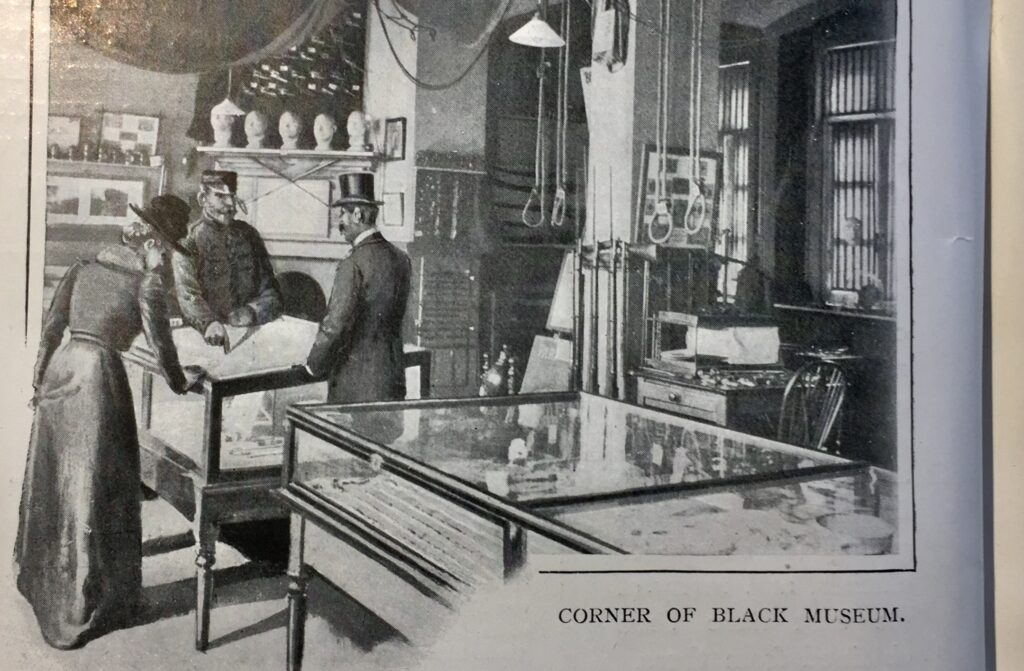
A number of items on display in the London Police Museum have come from the Black Museum.
*Click here to listen to the D’Oyly Carte Opera Company singing A Policeman’s Lot from The Pirates of Penzance. You will find the lyrics here.
If you have enjoyed today’s blog you may also like to read The Brave Policemen of Postman’s Park.
If you would like to follow me on Instagram here is the link …
